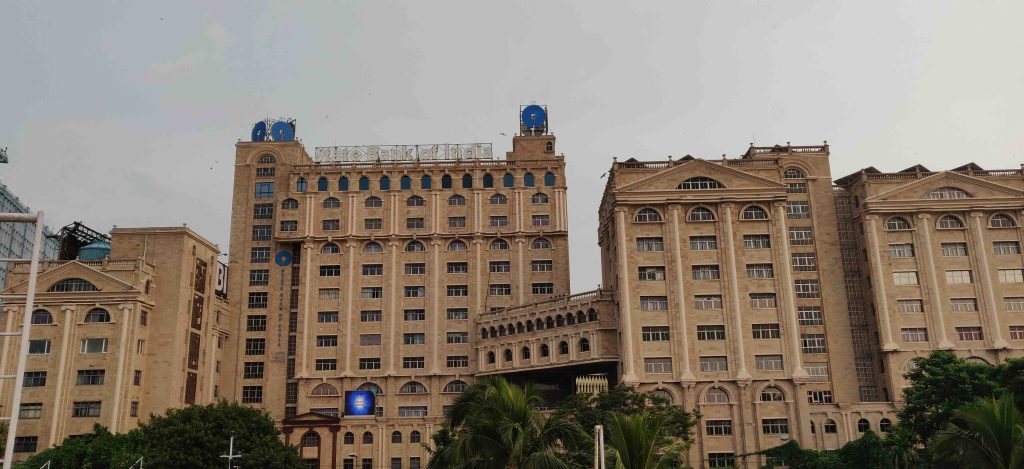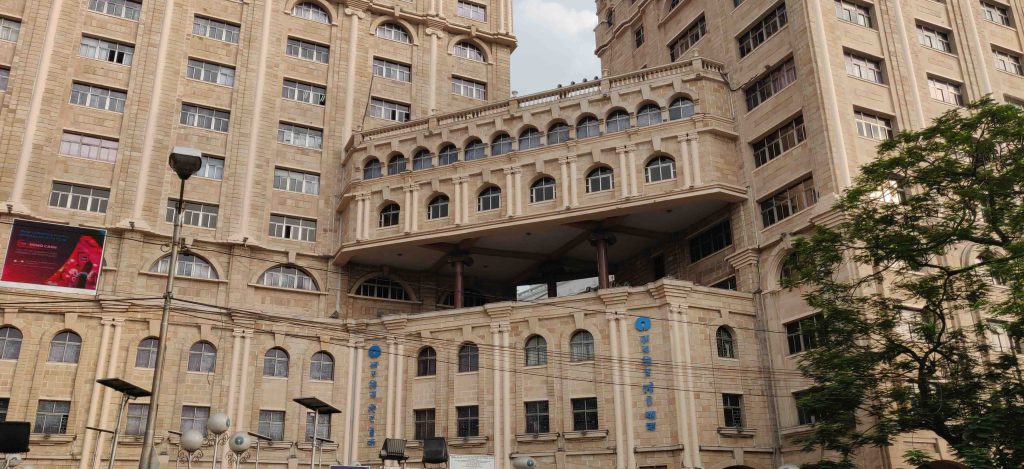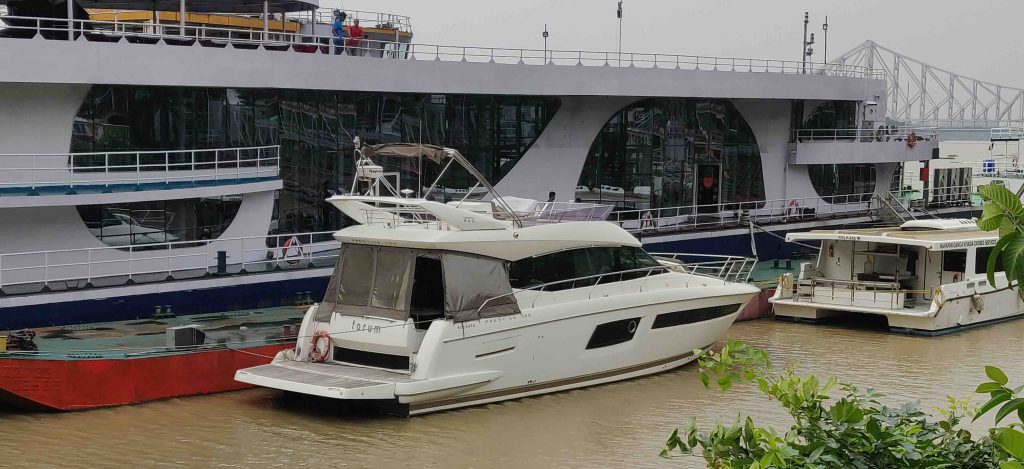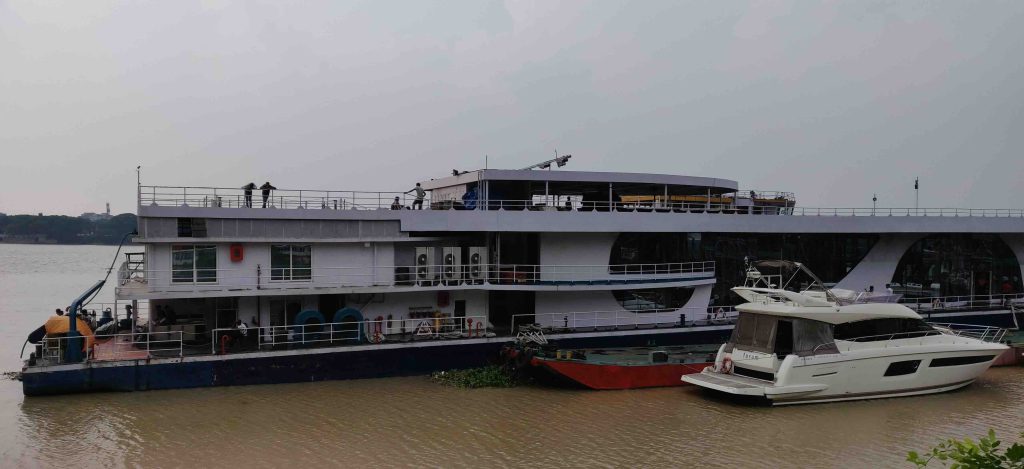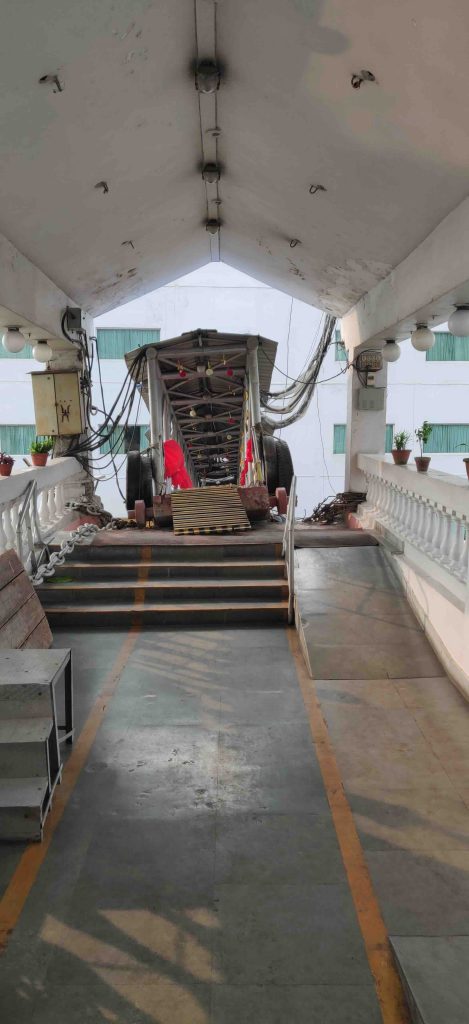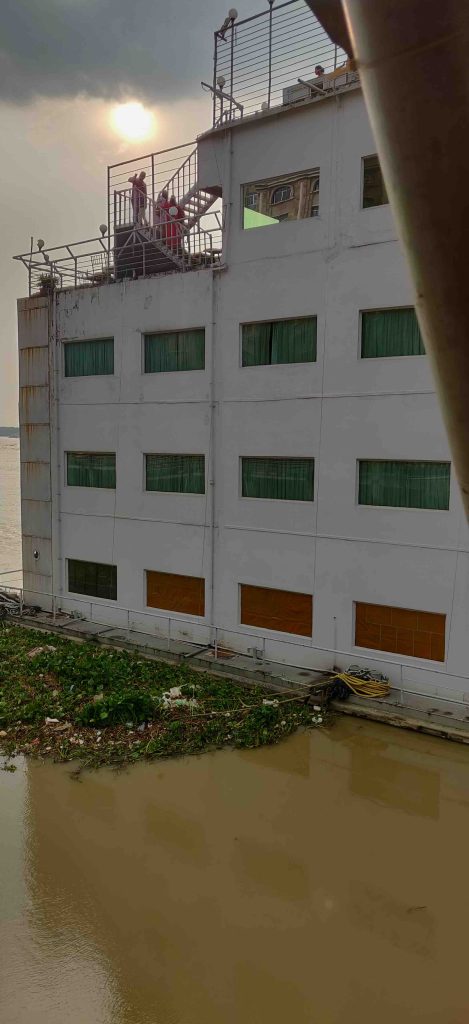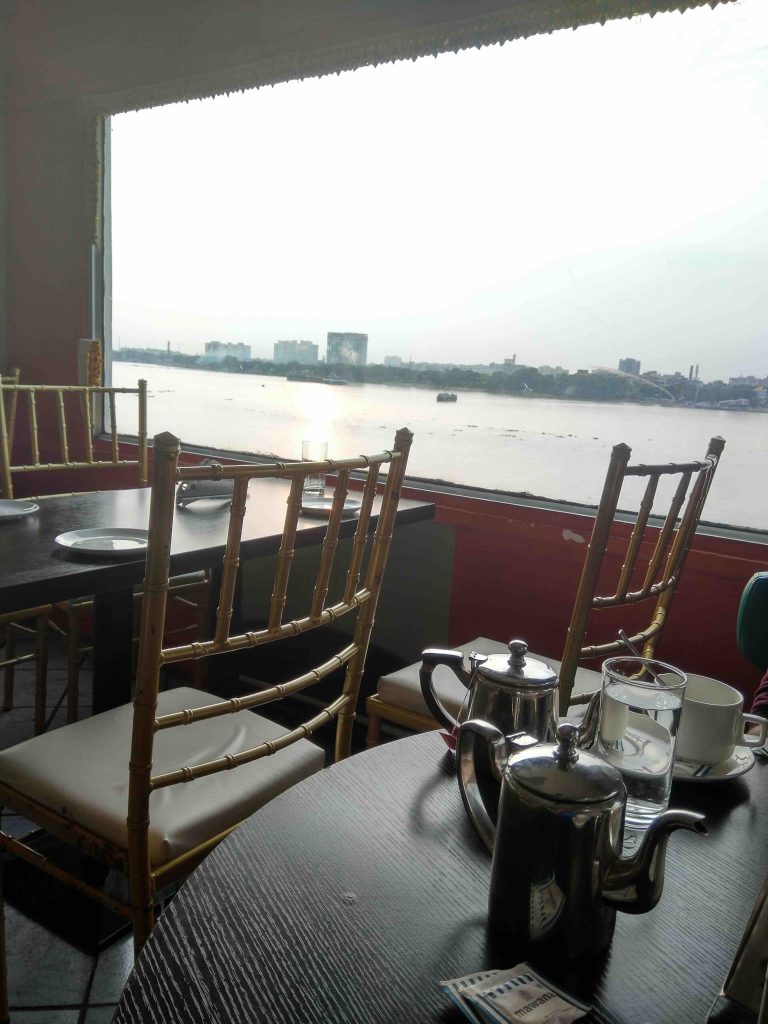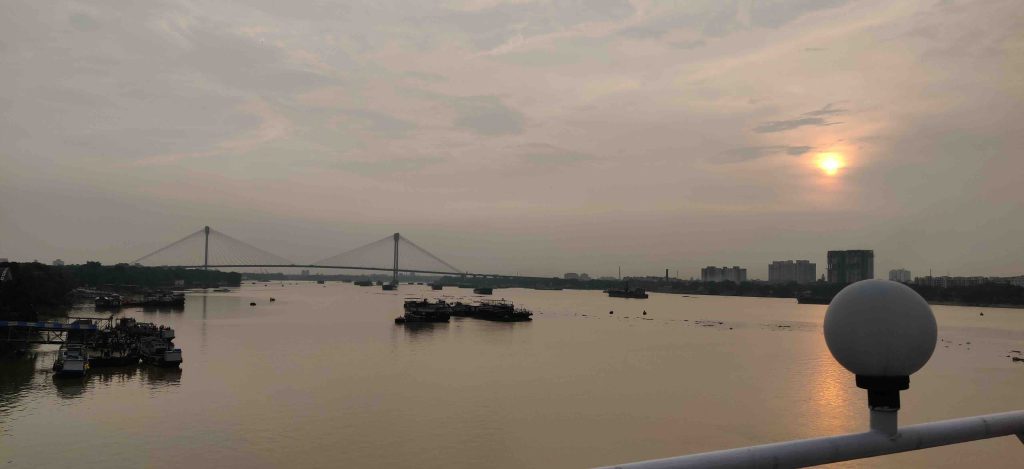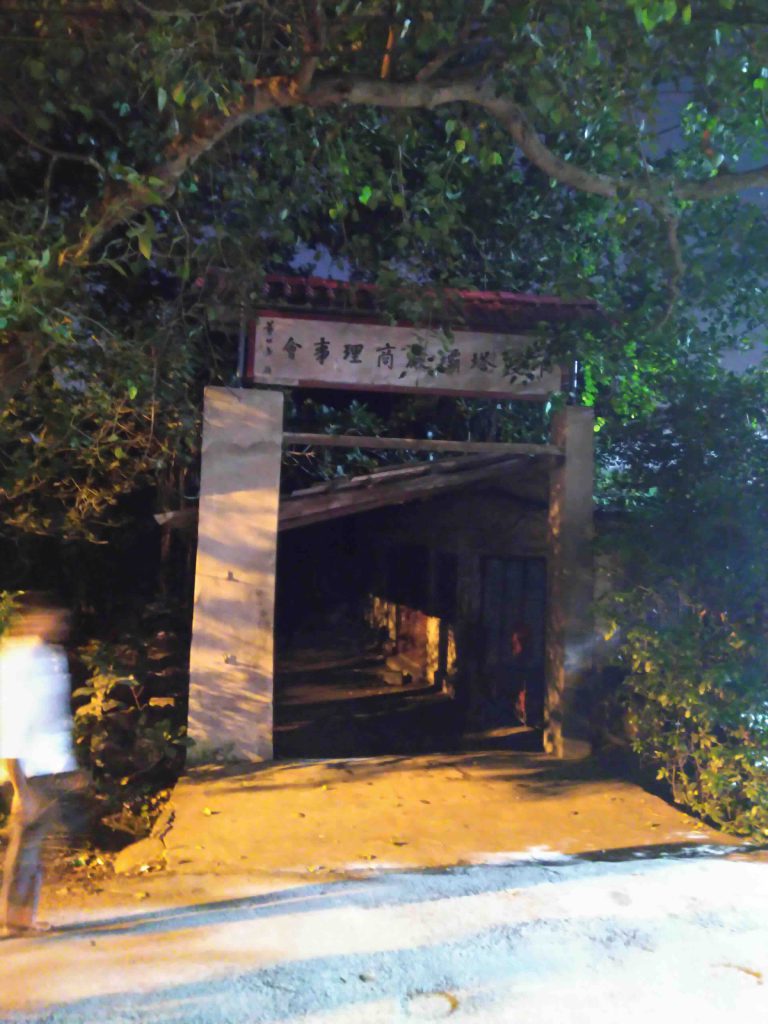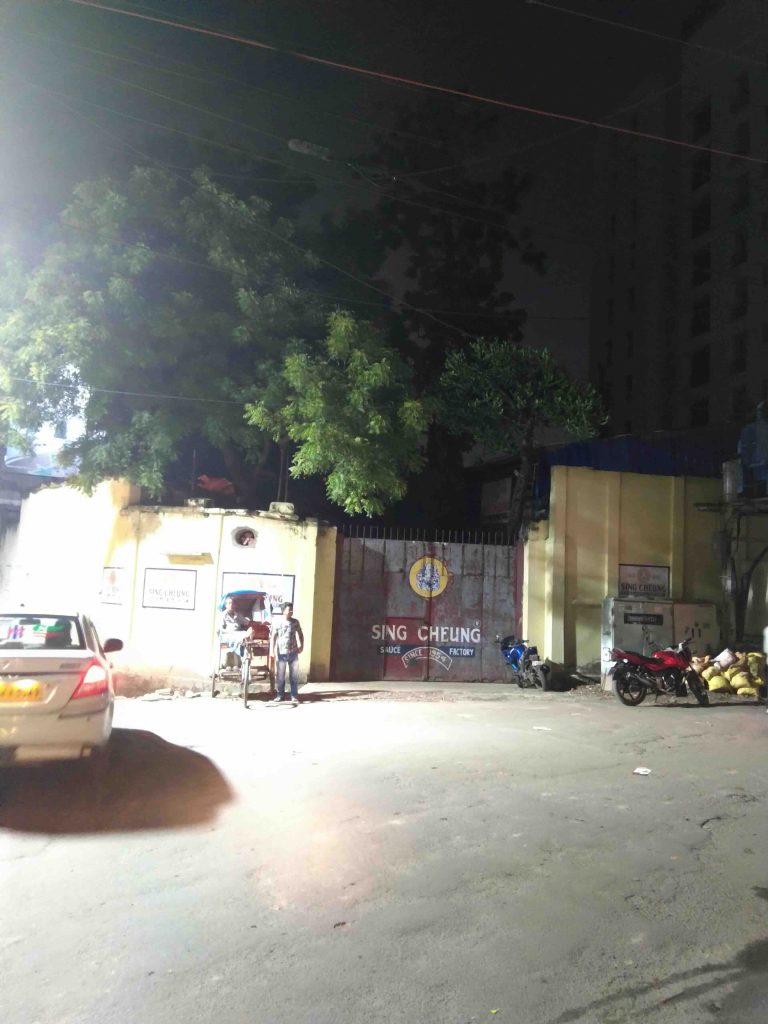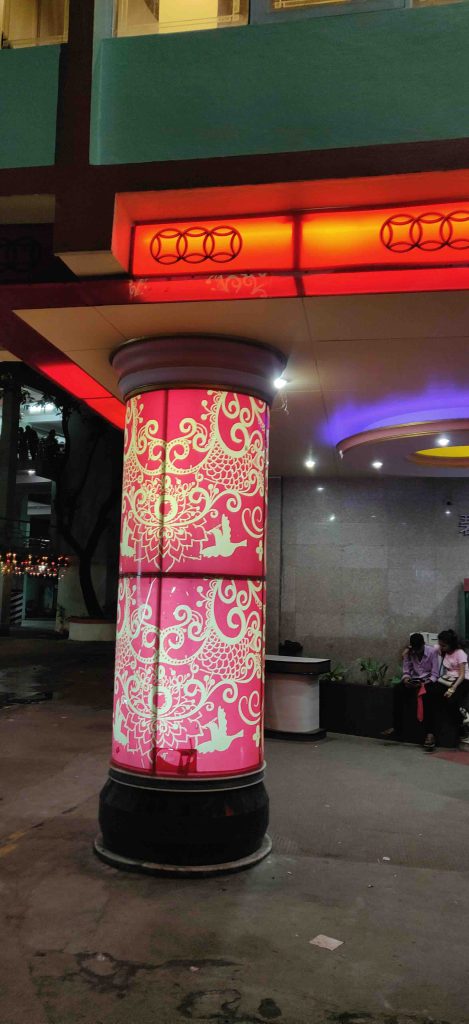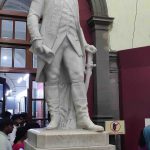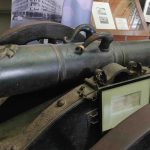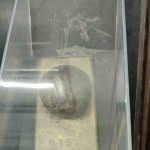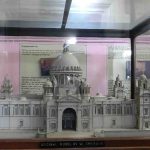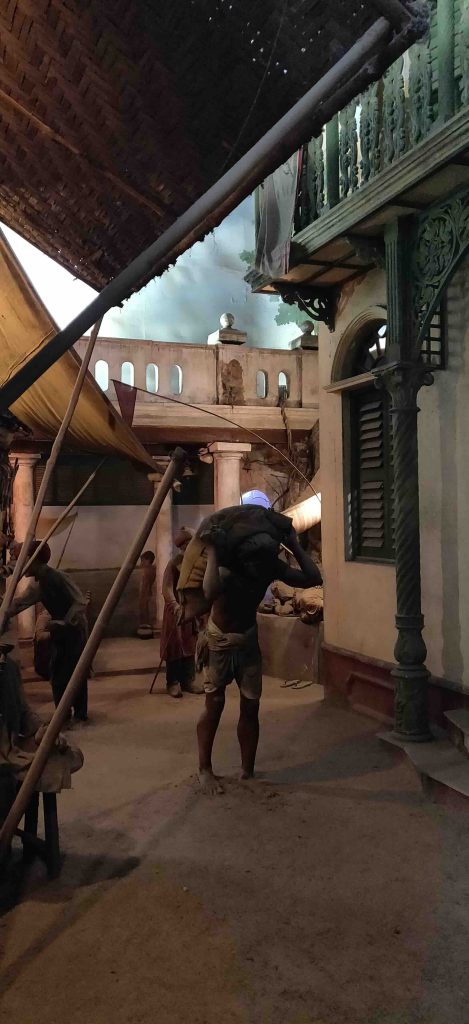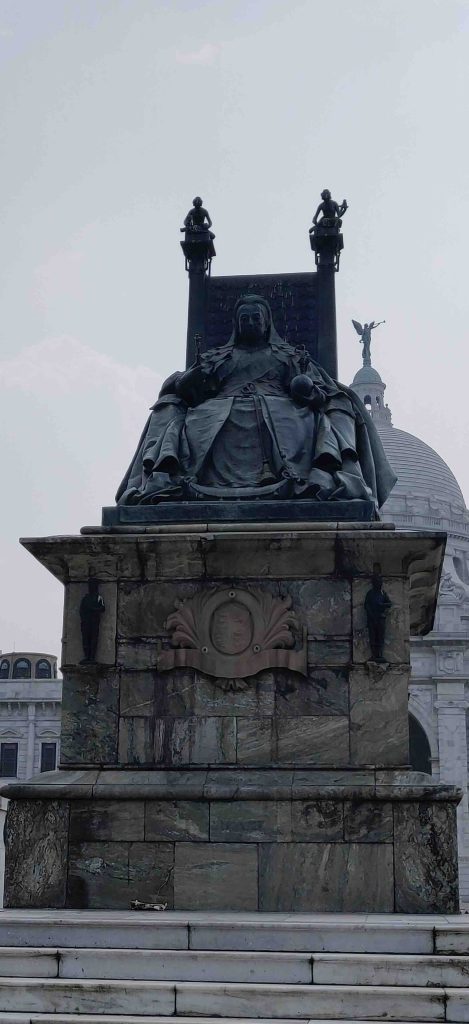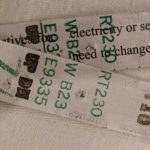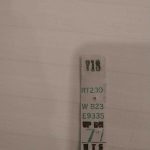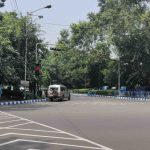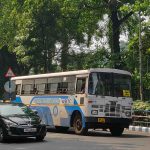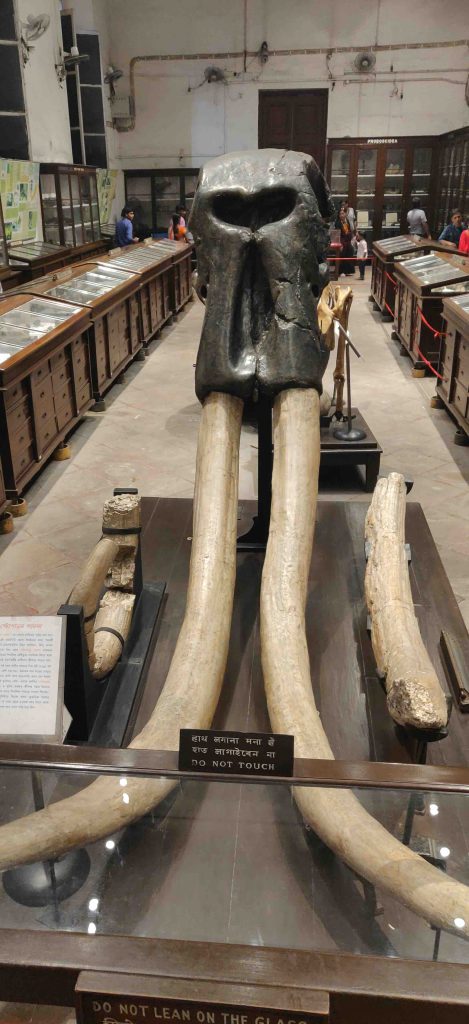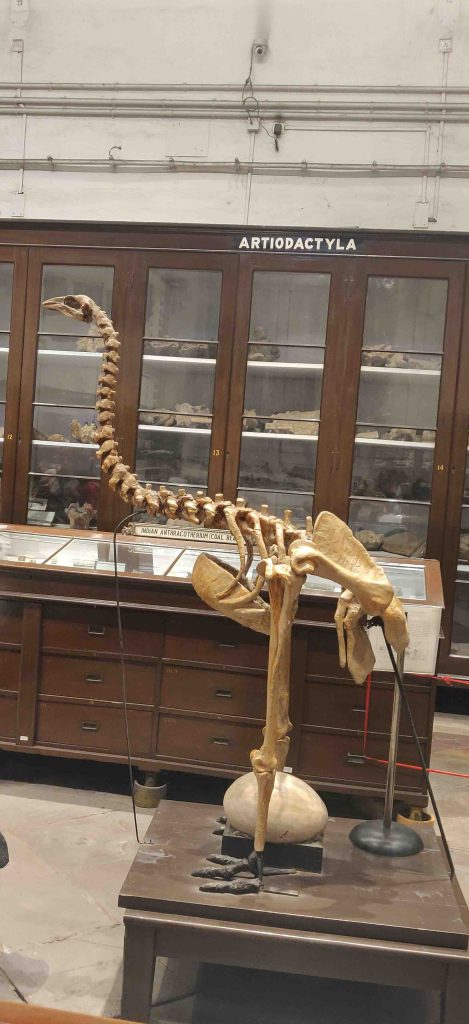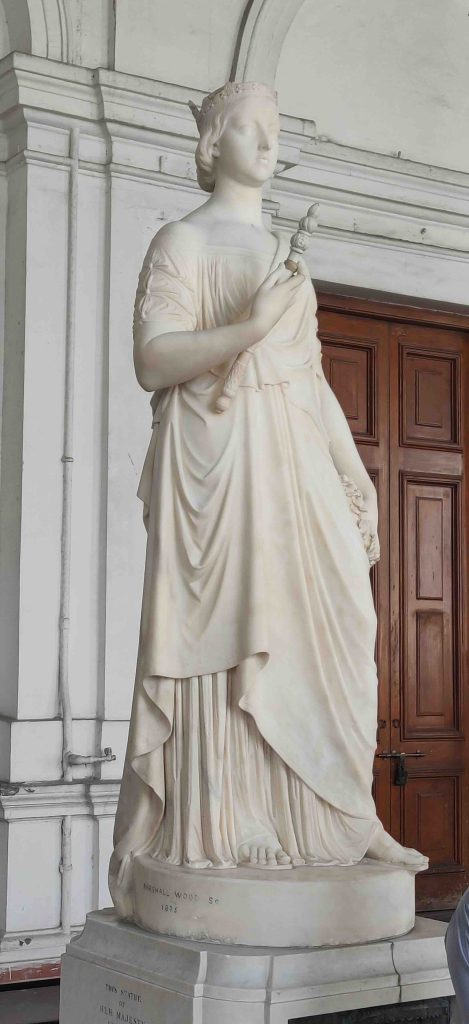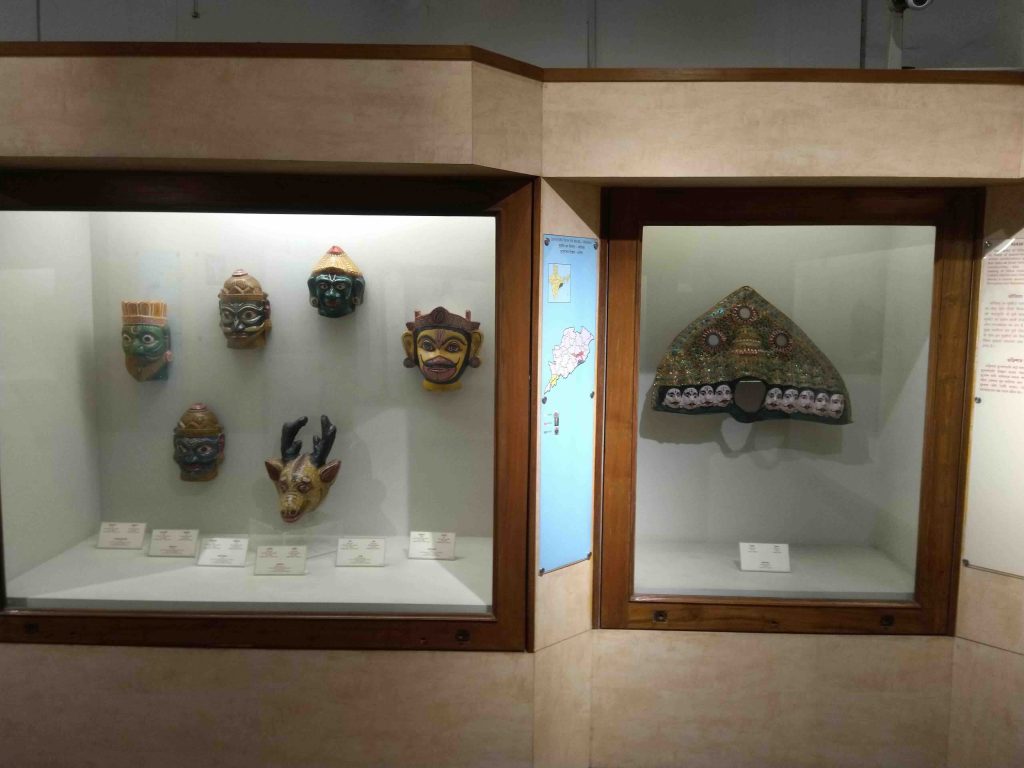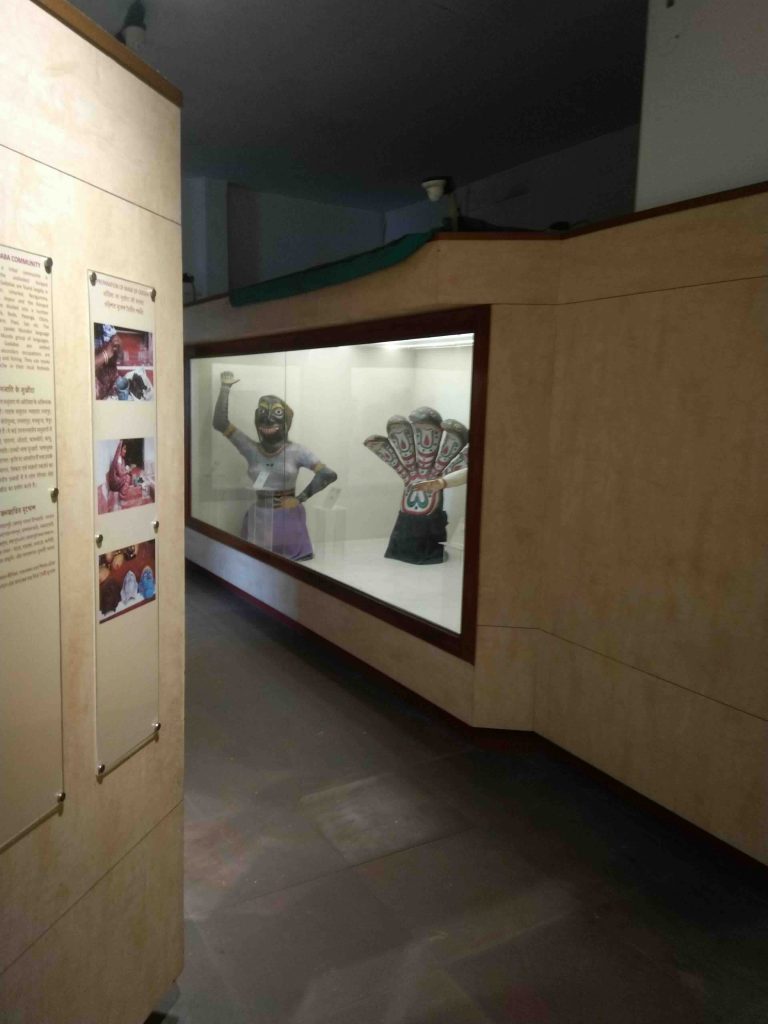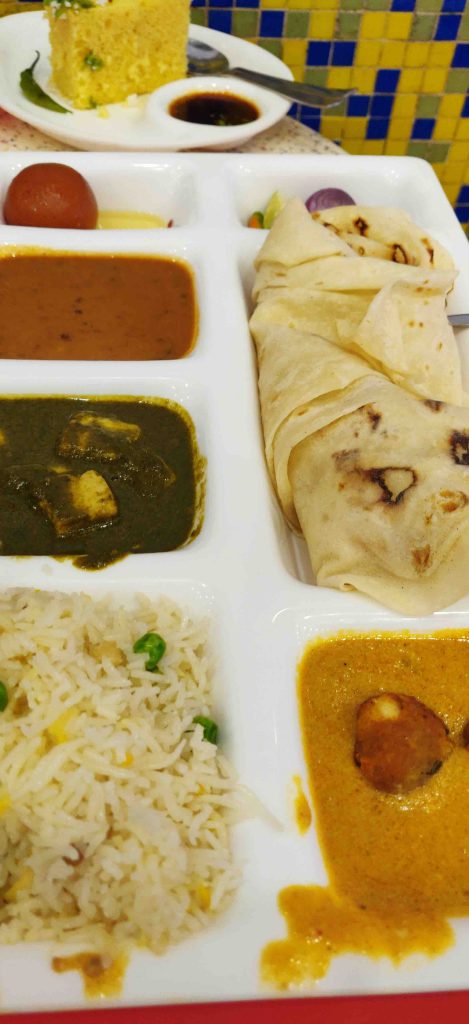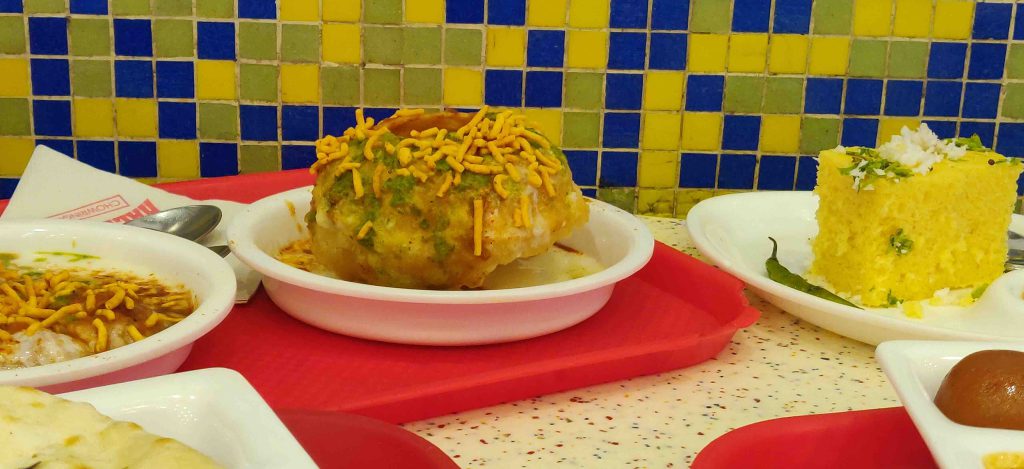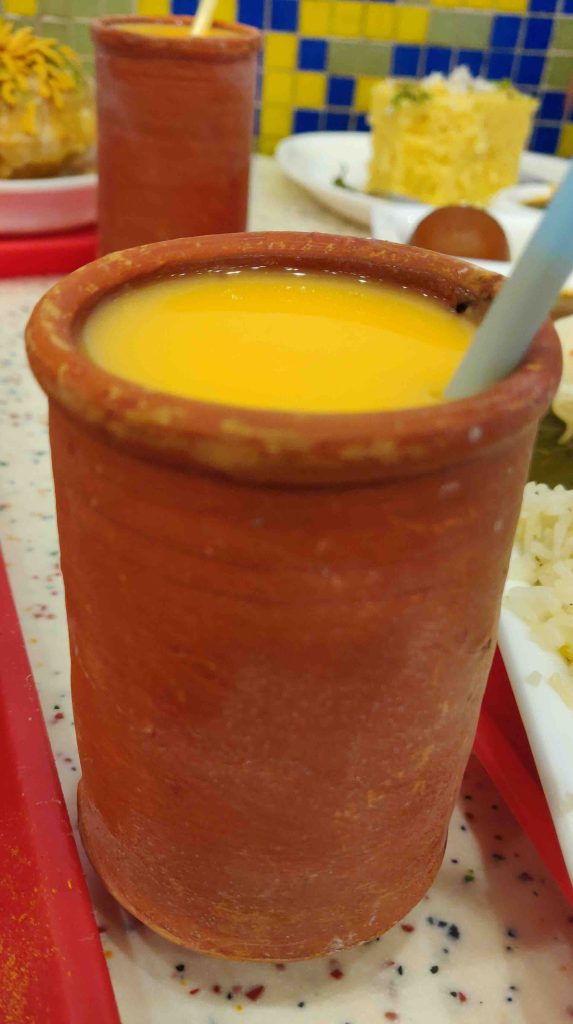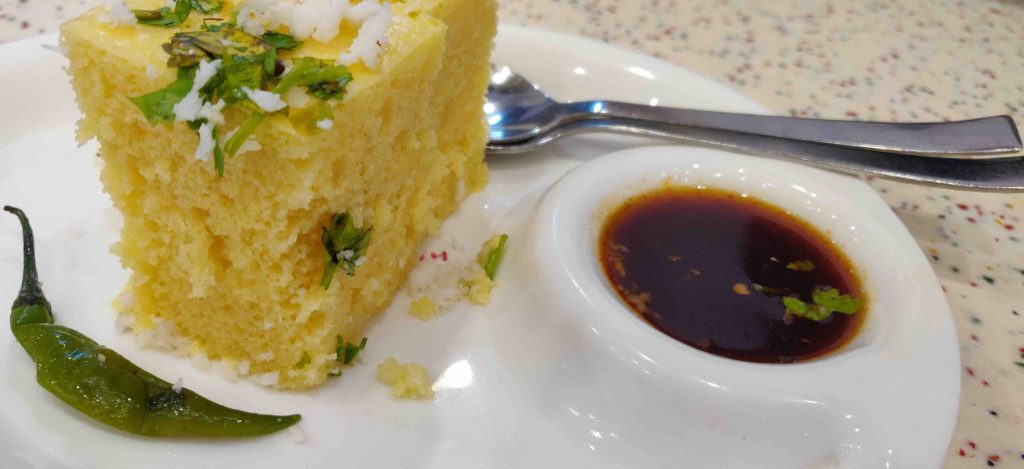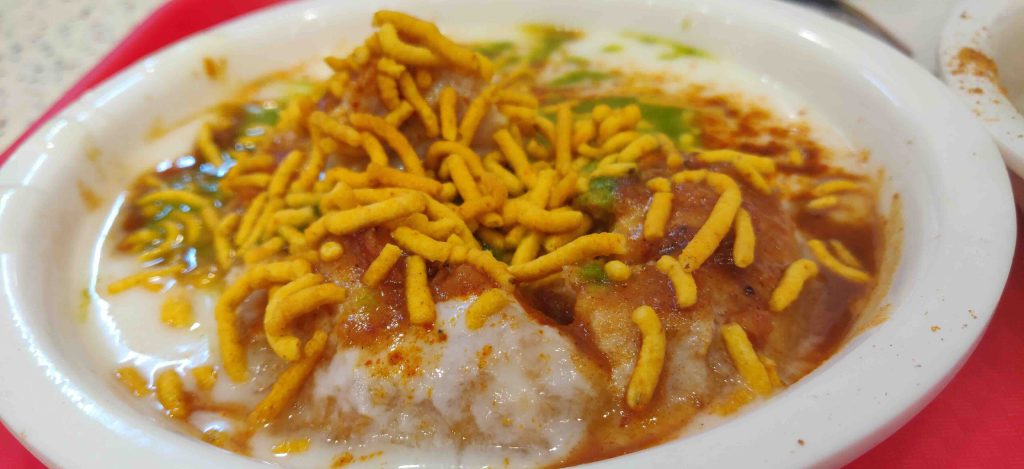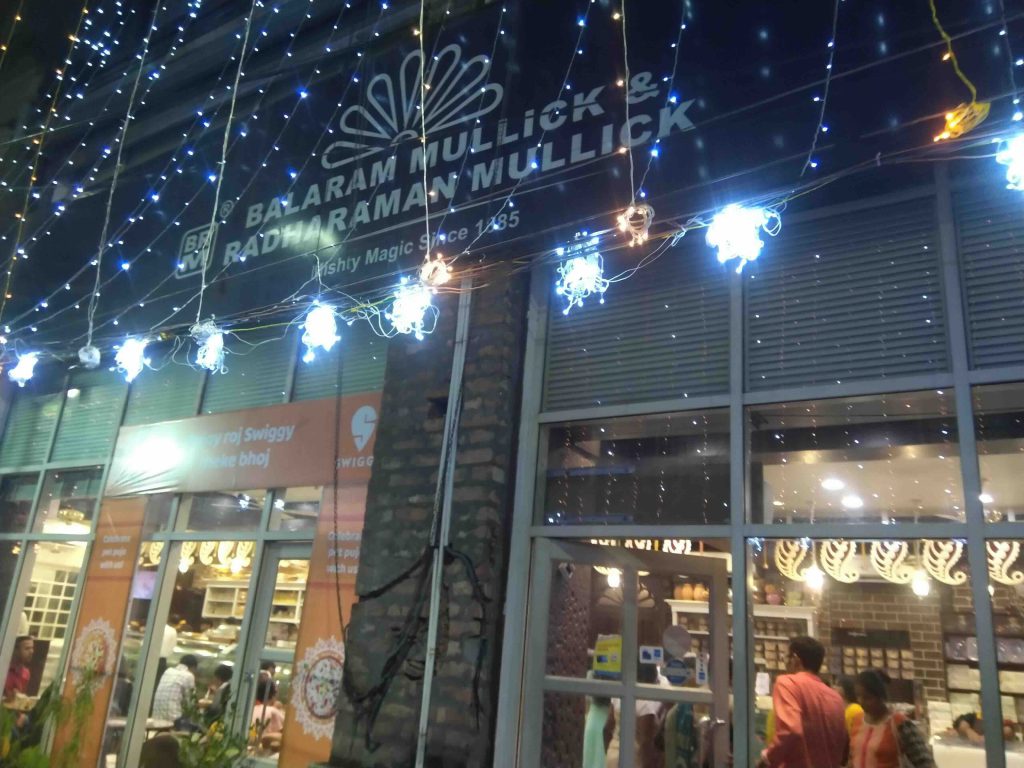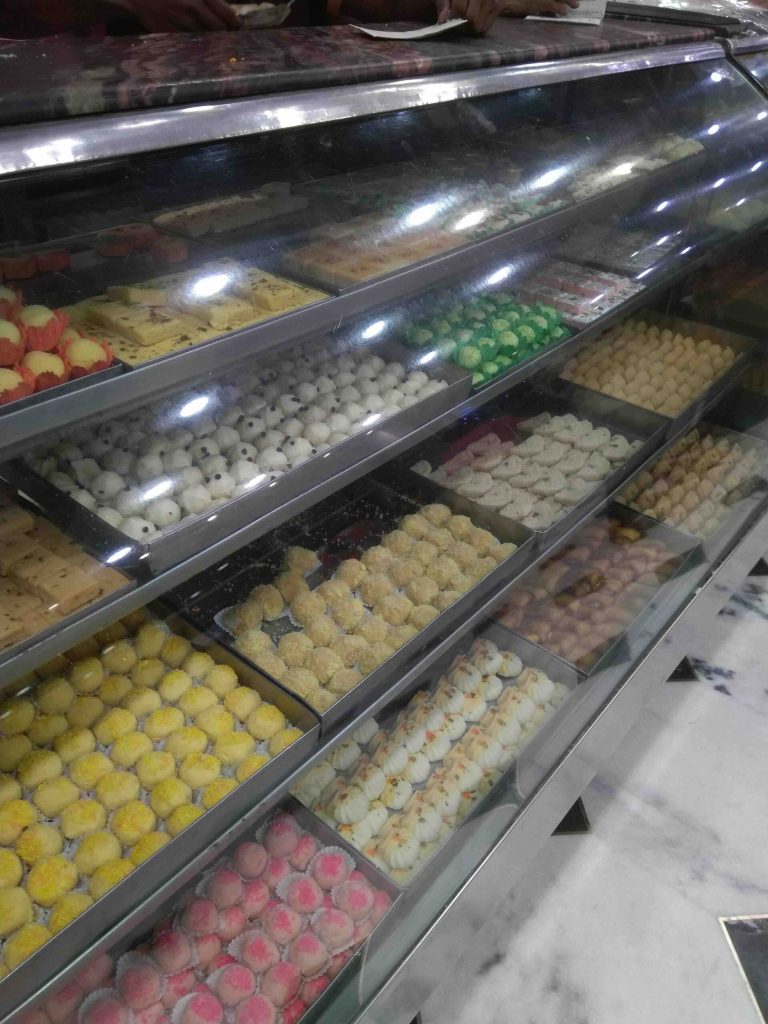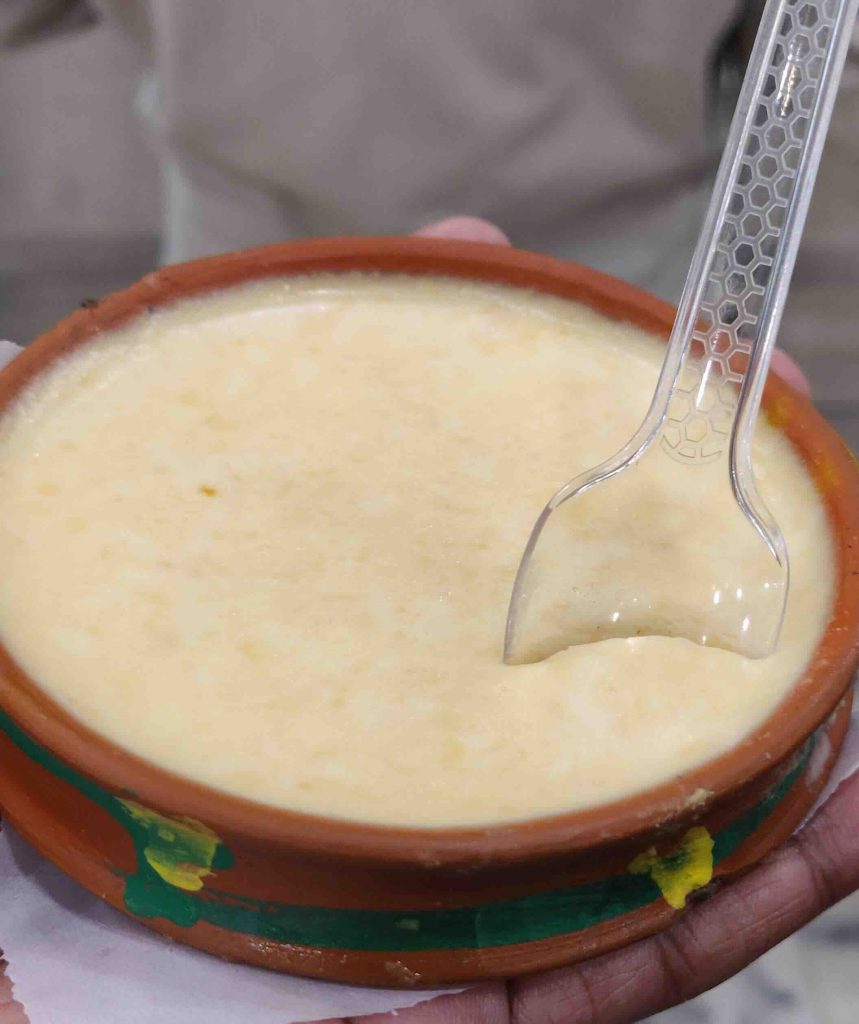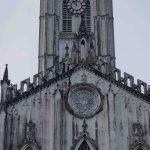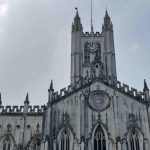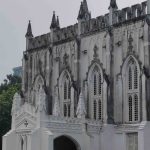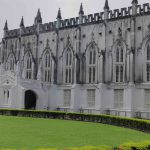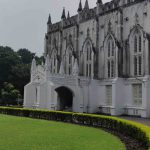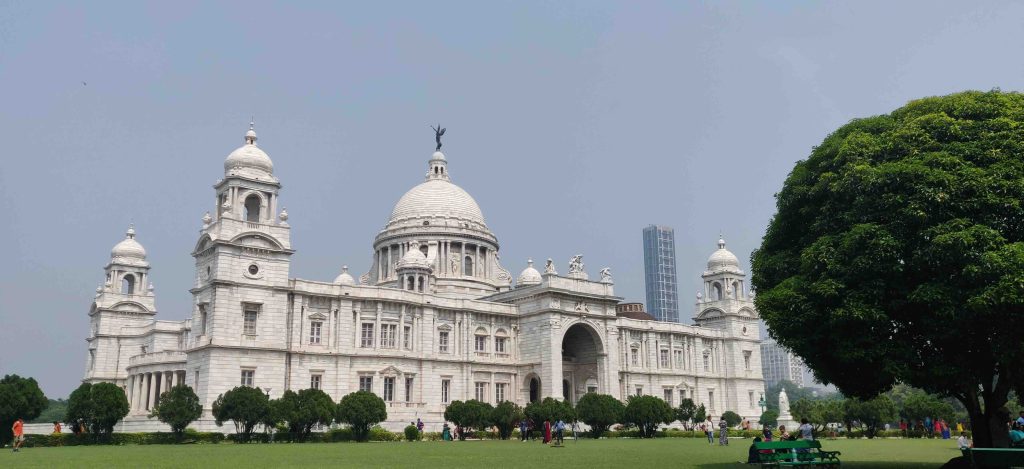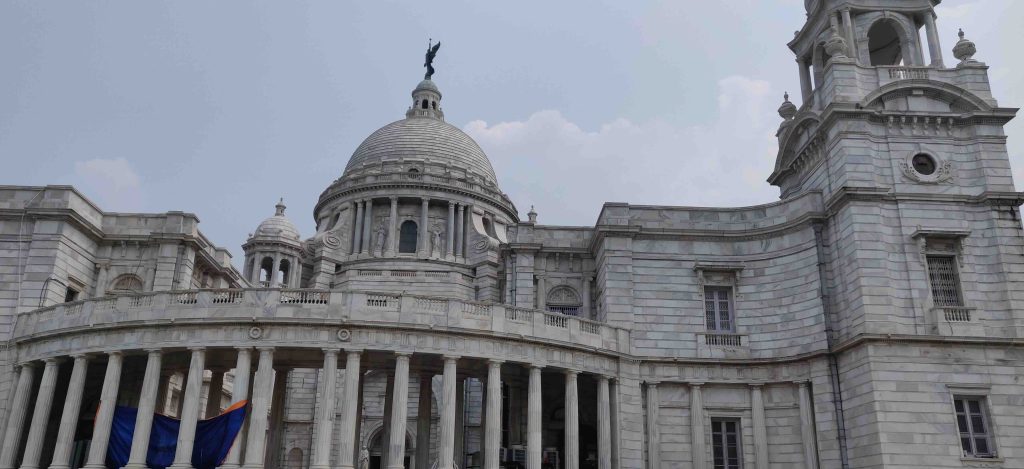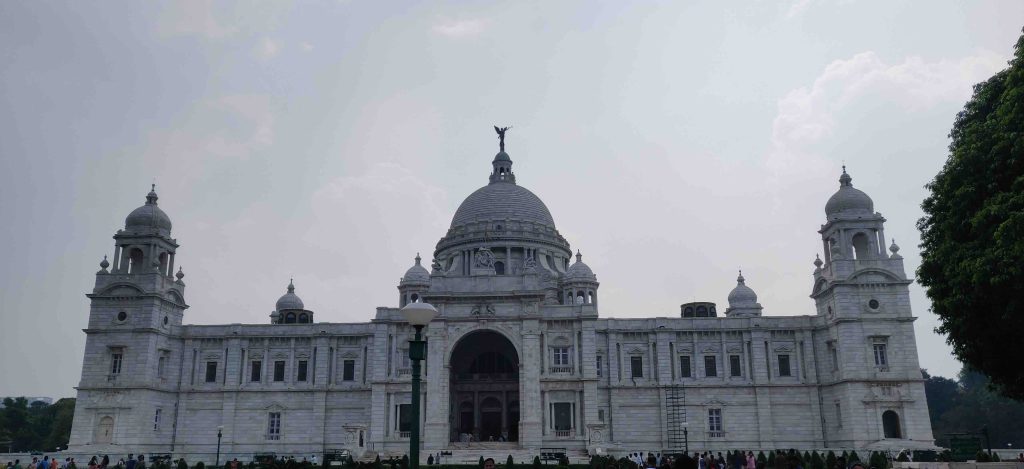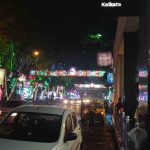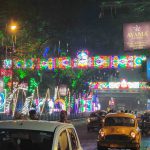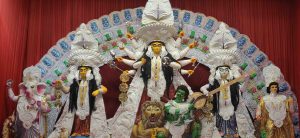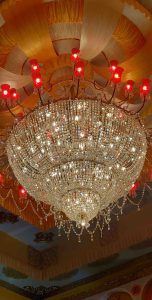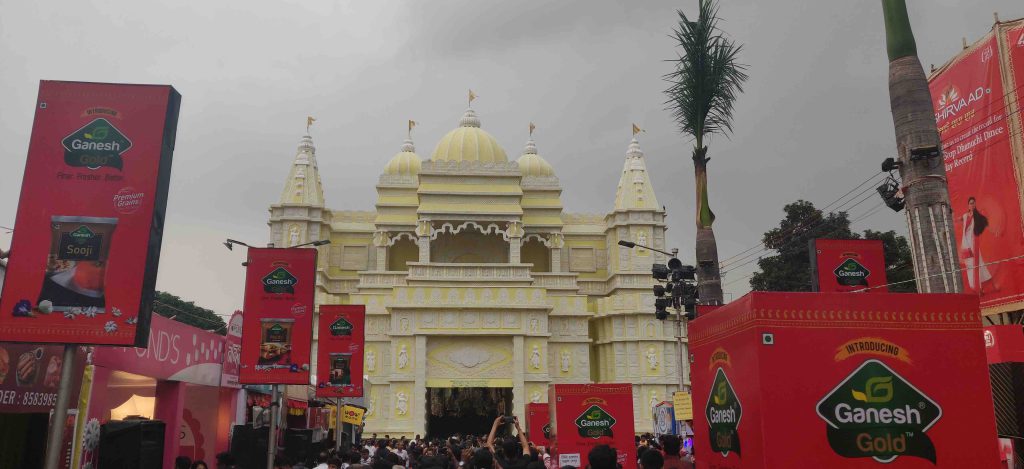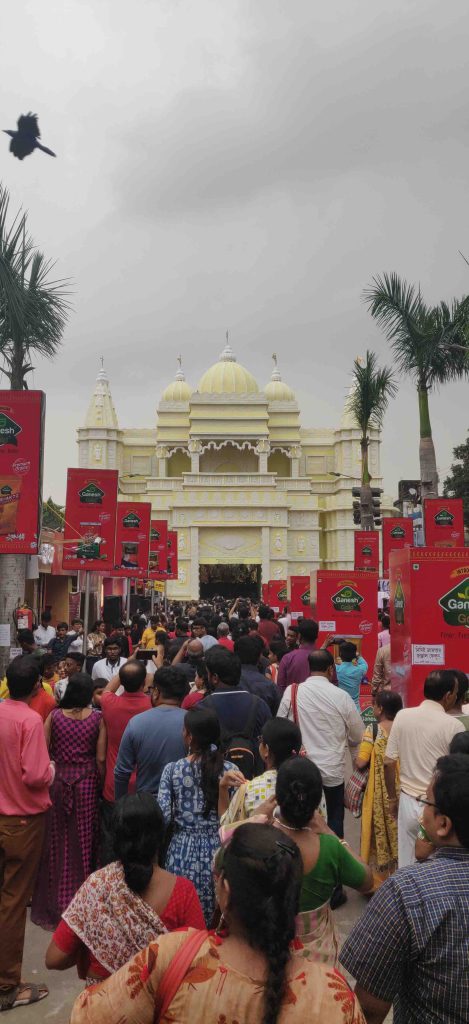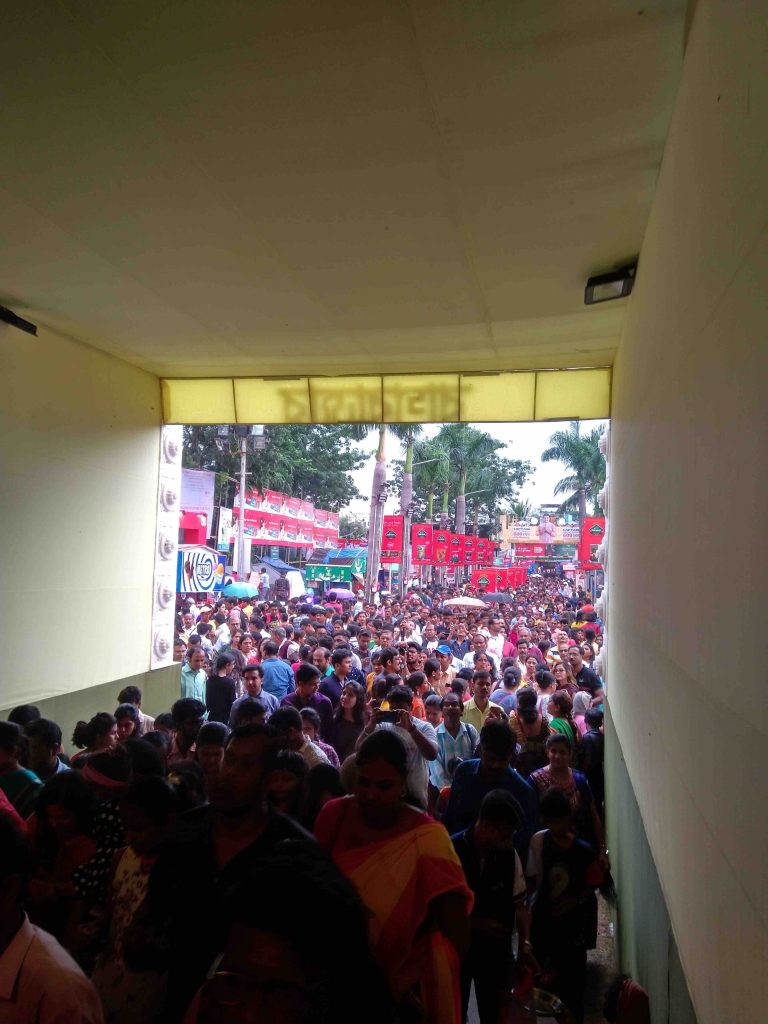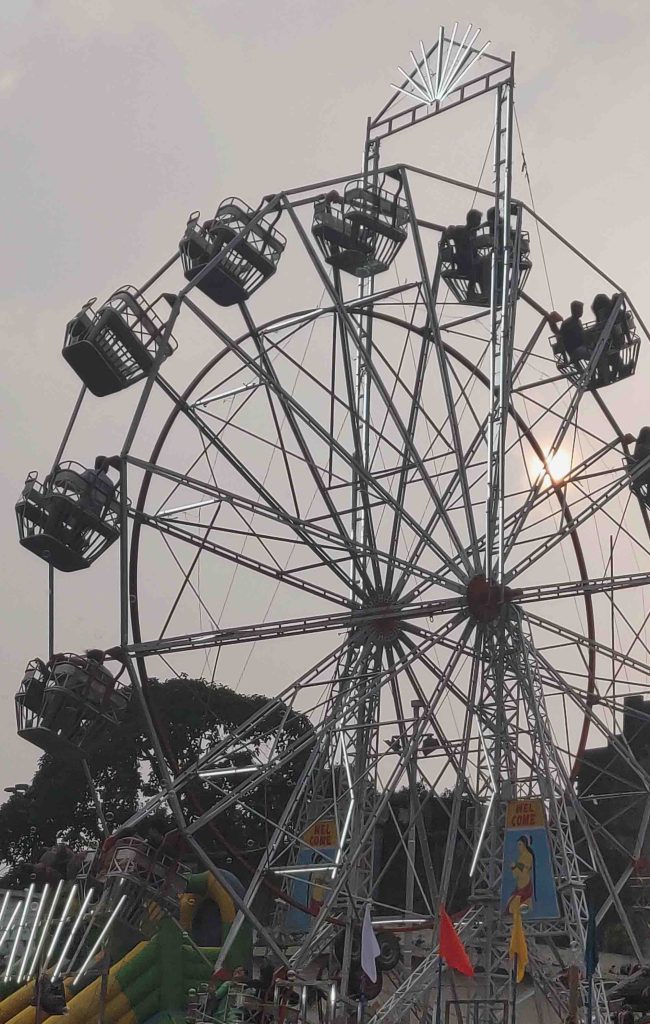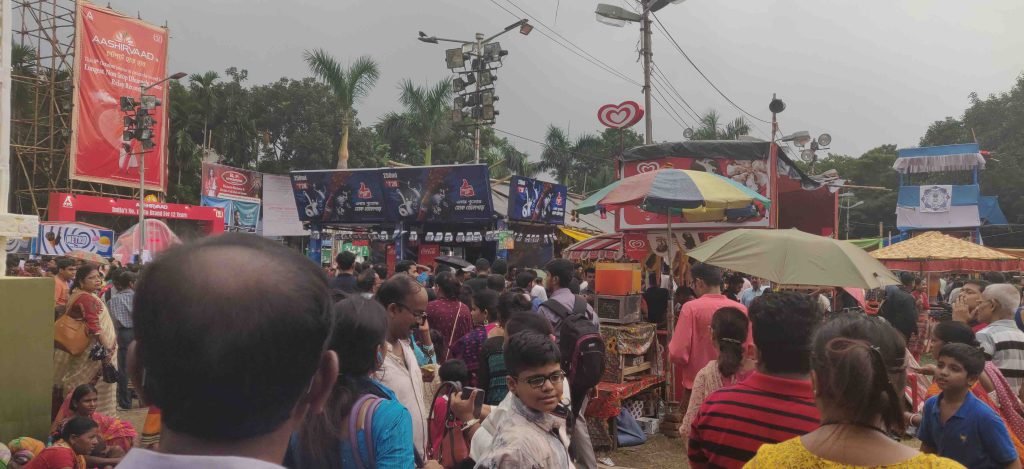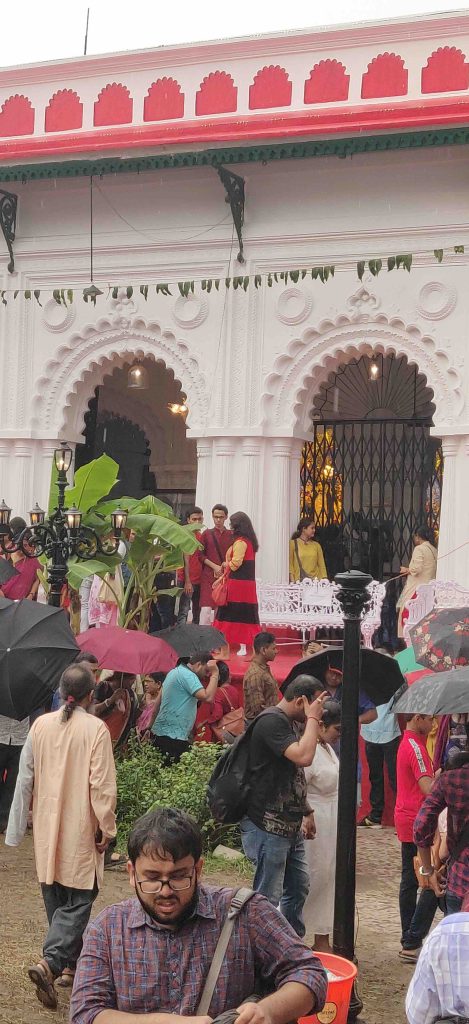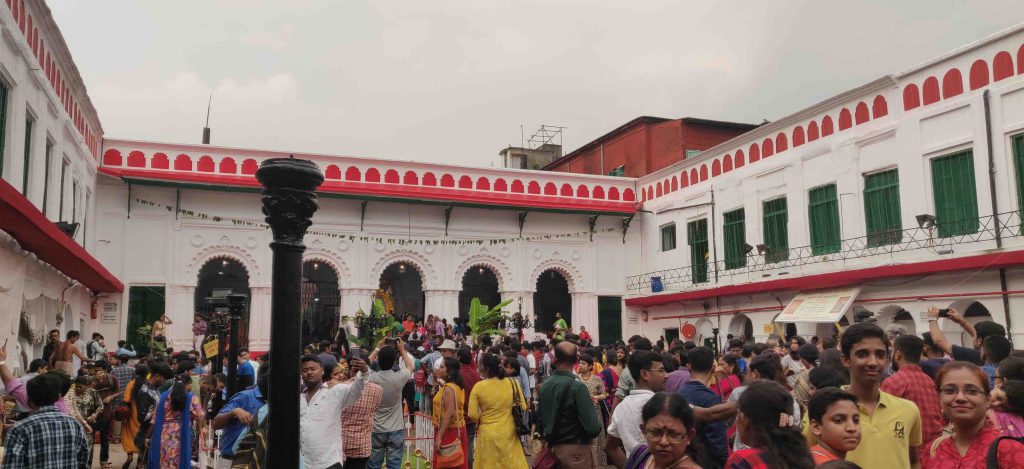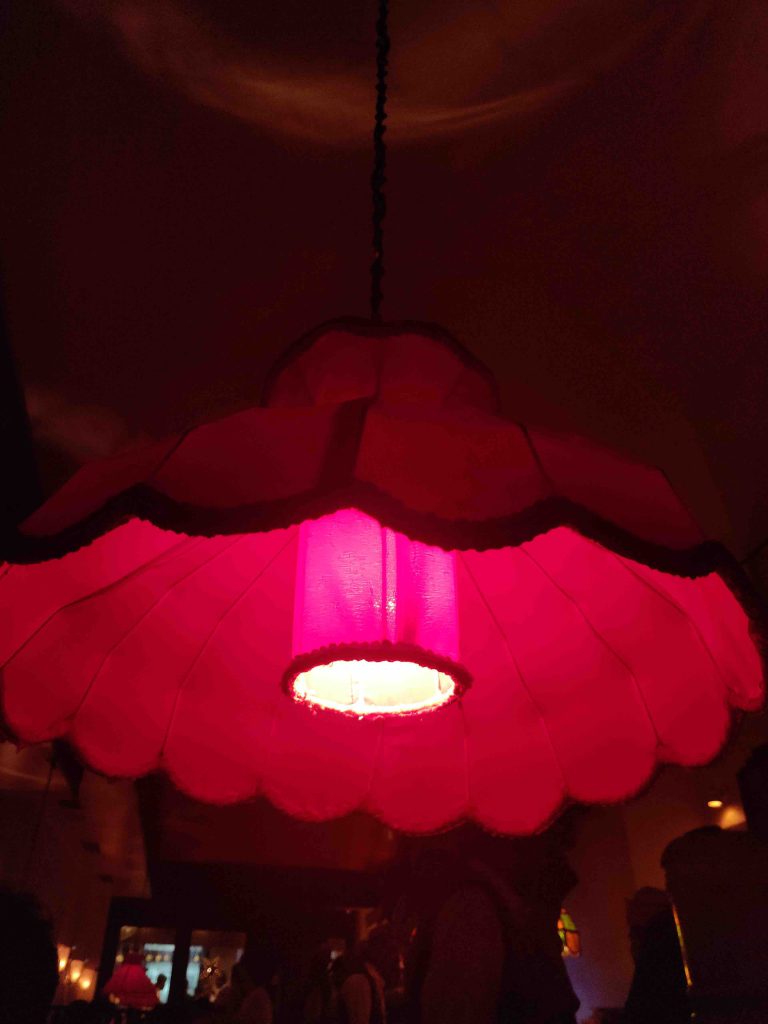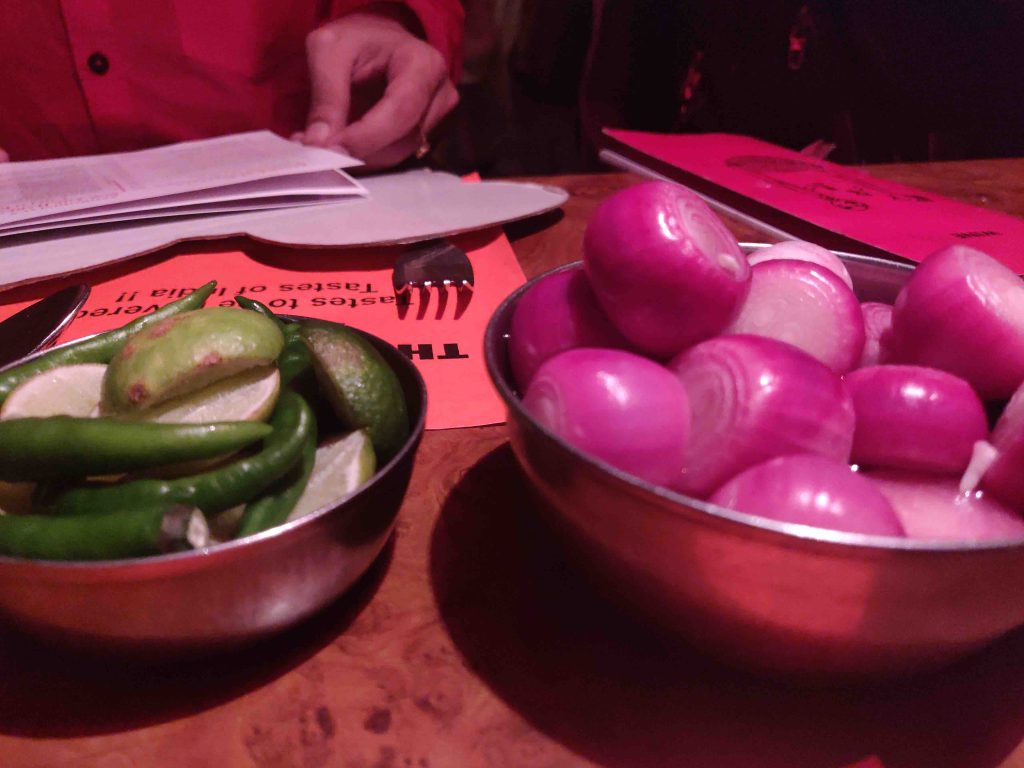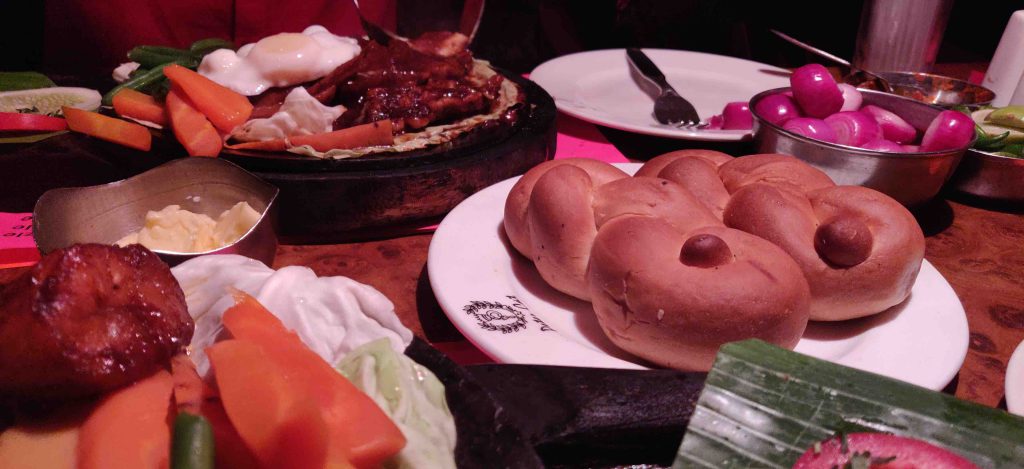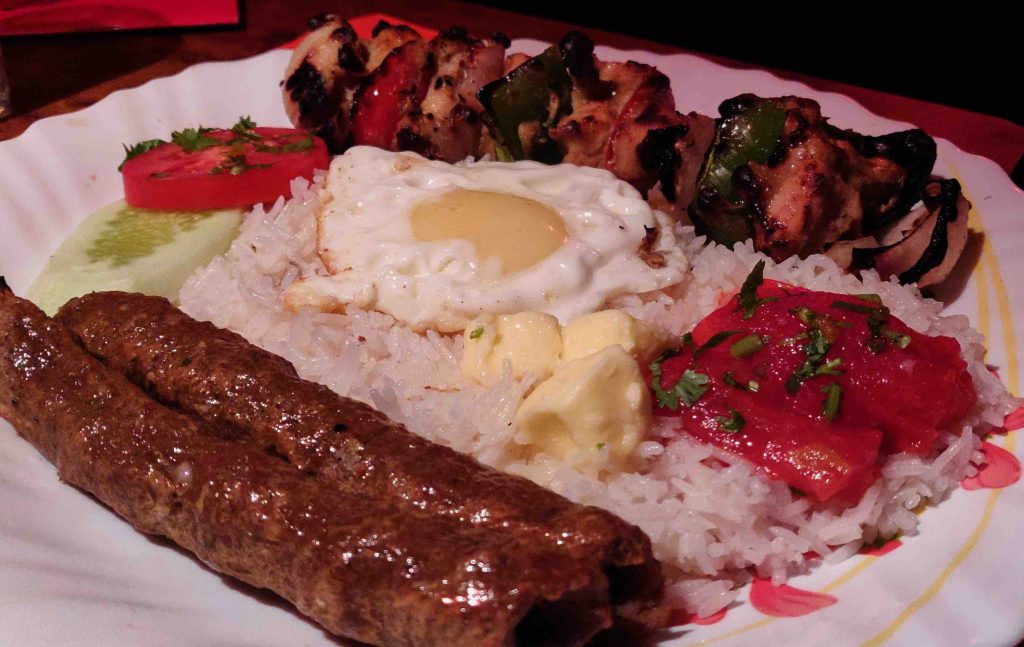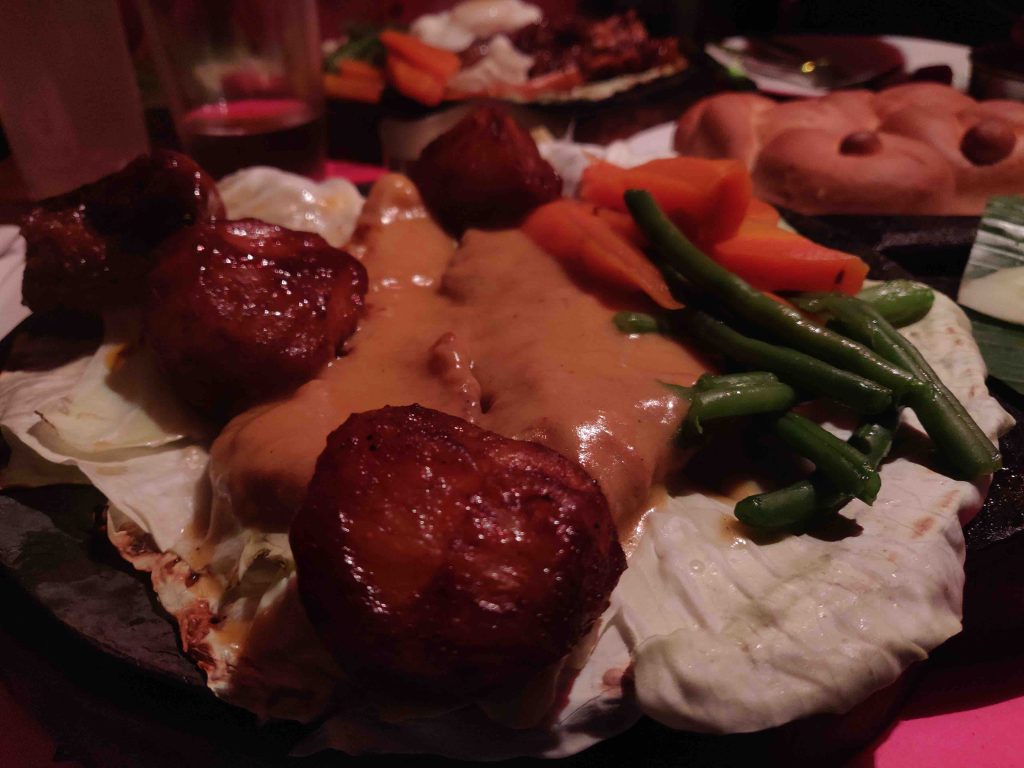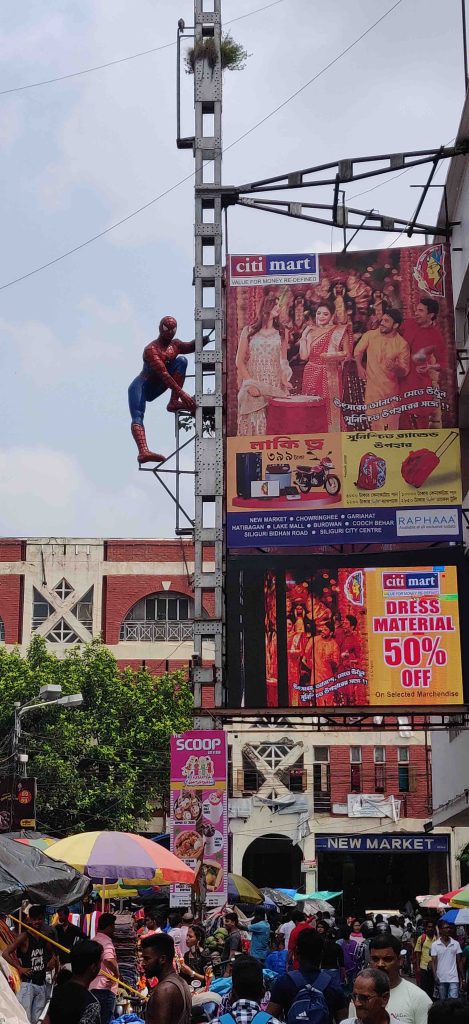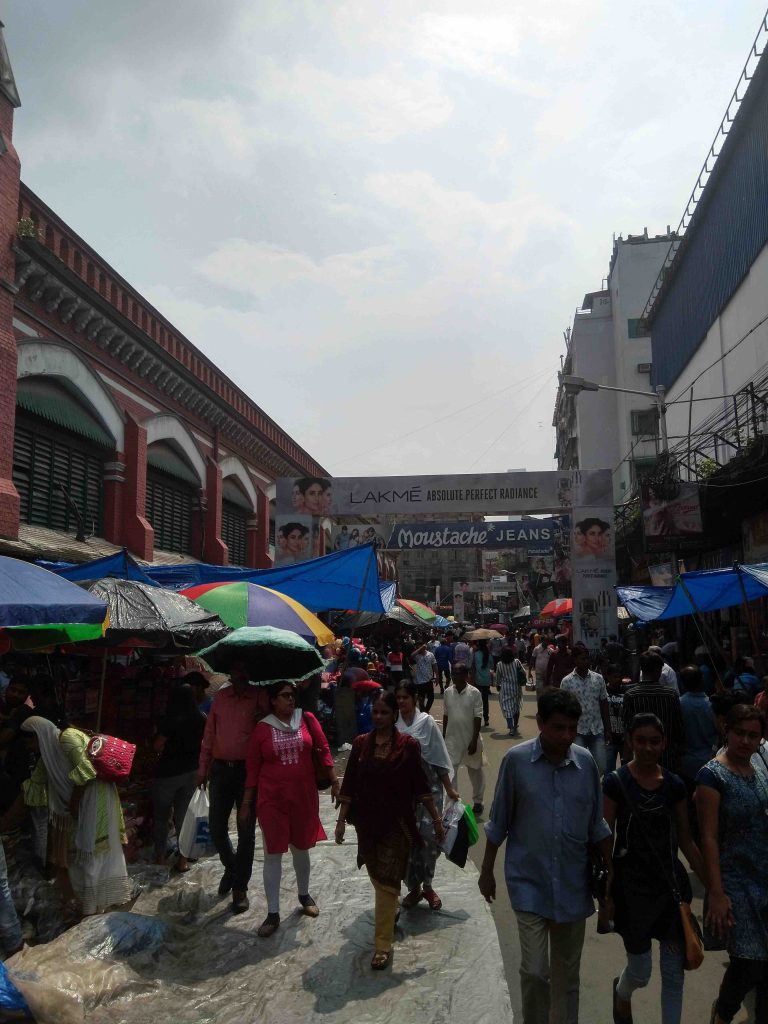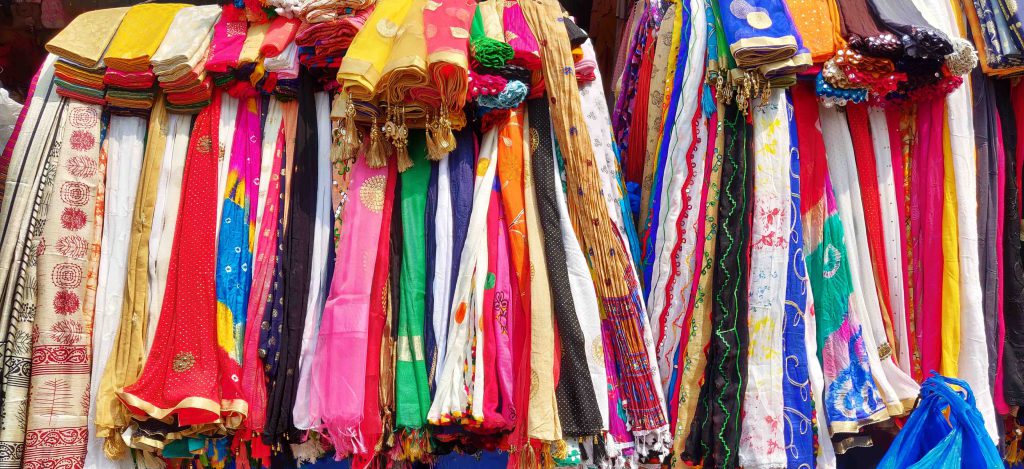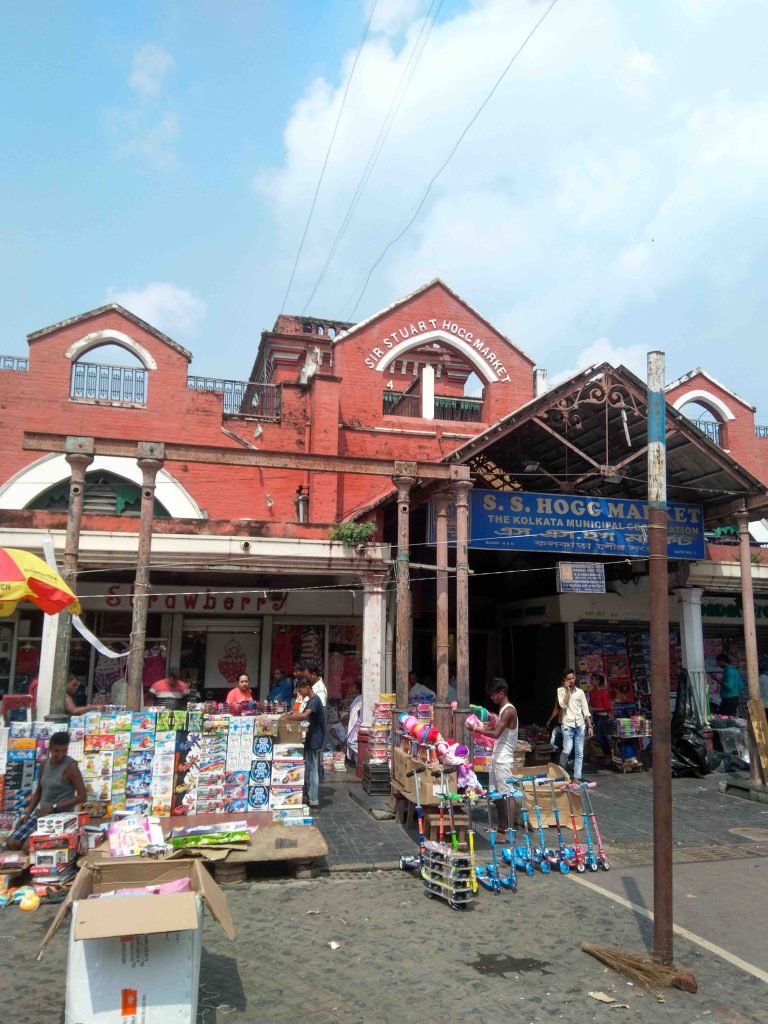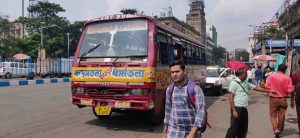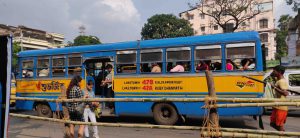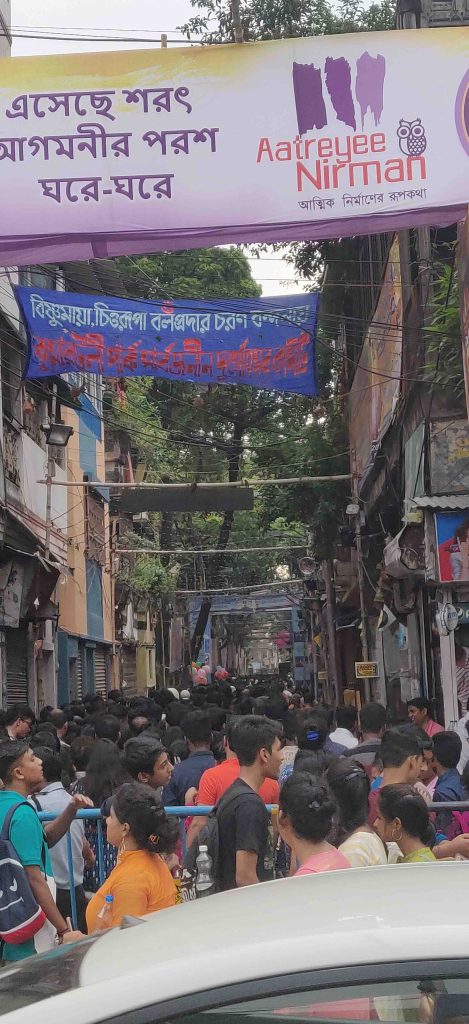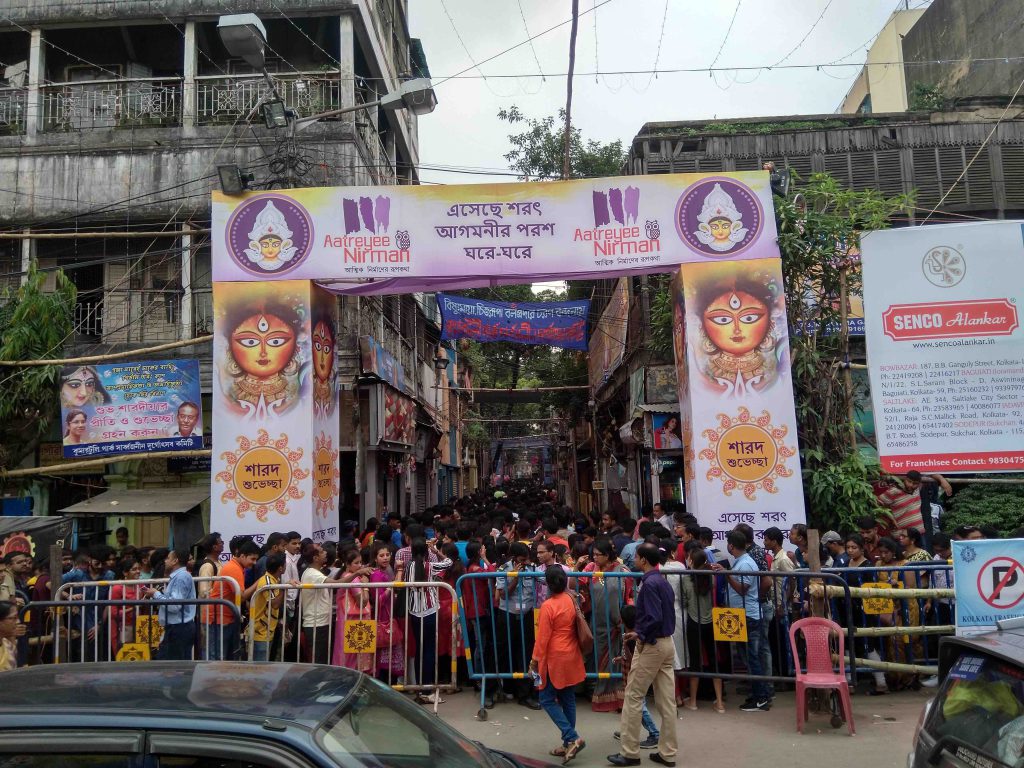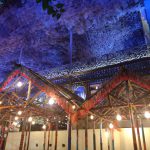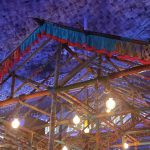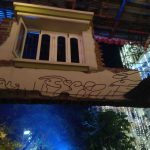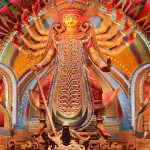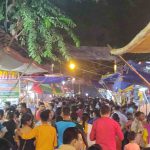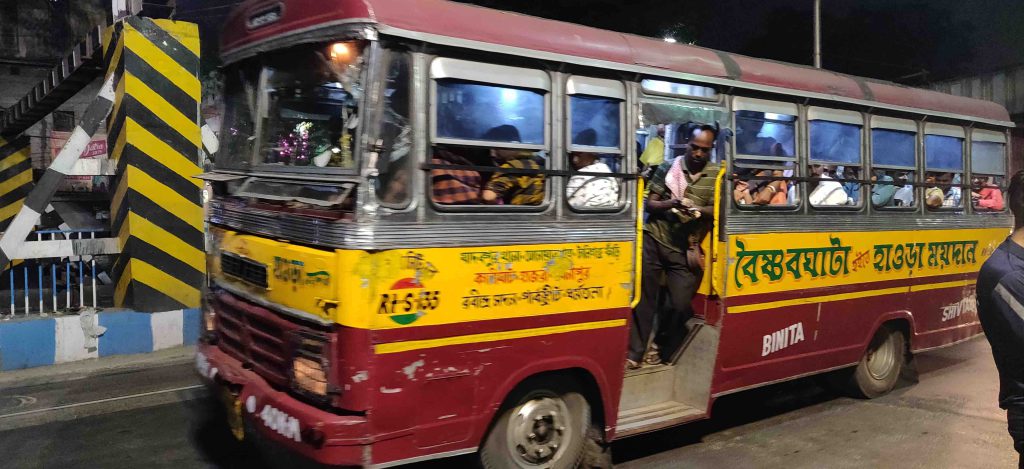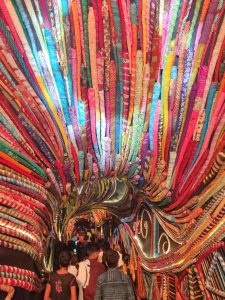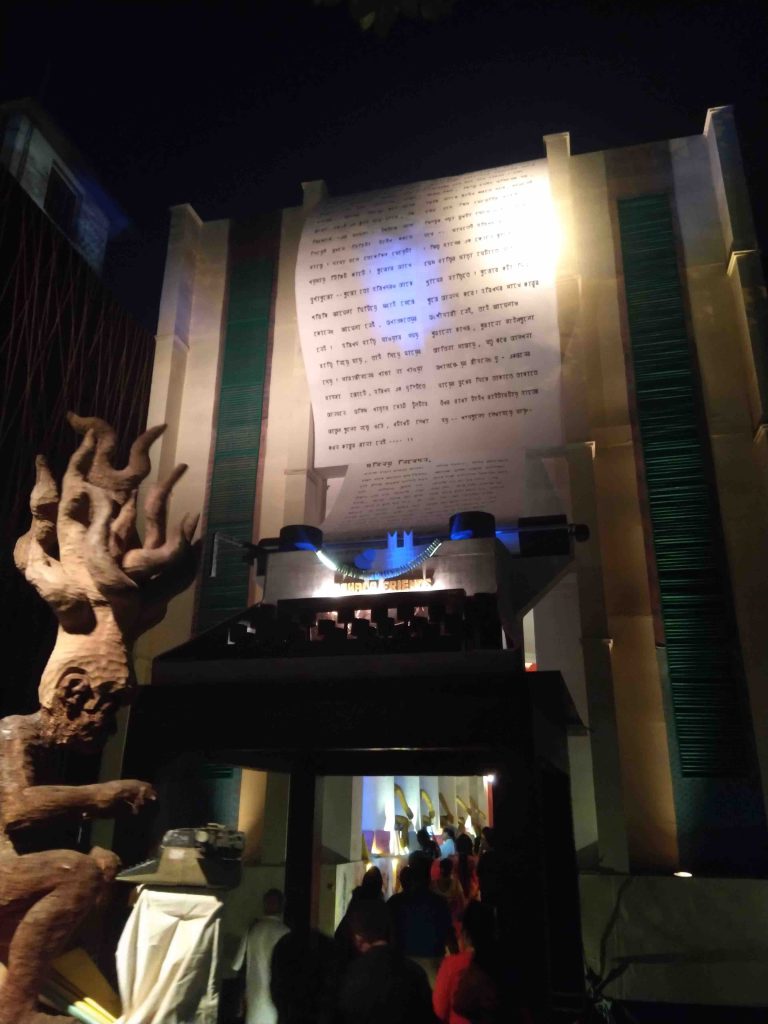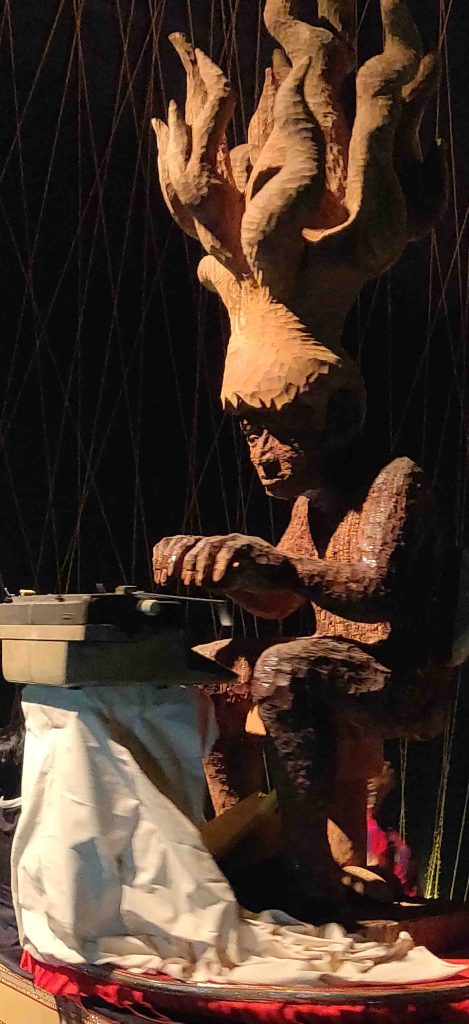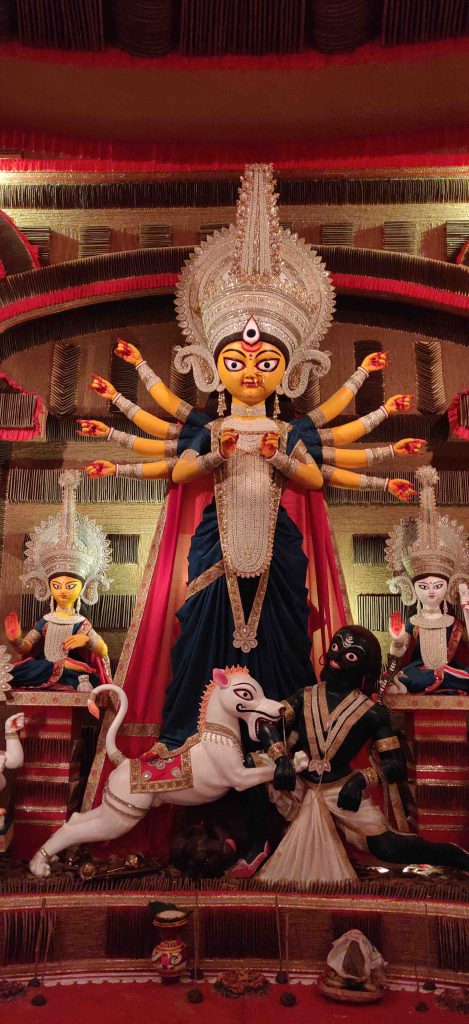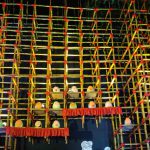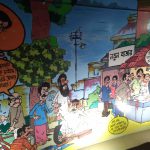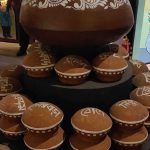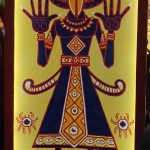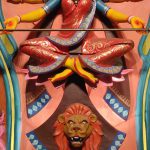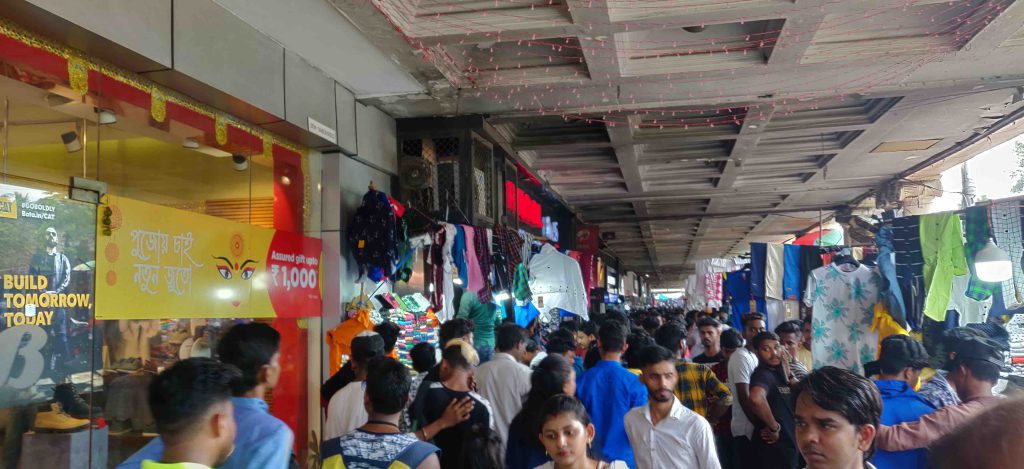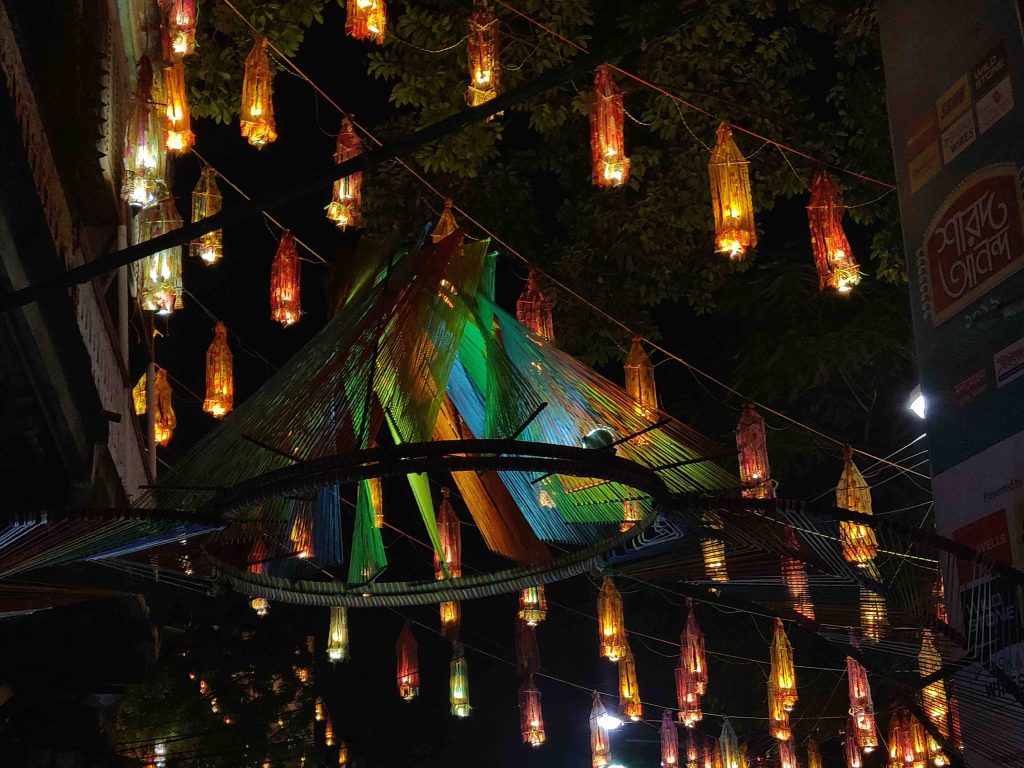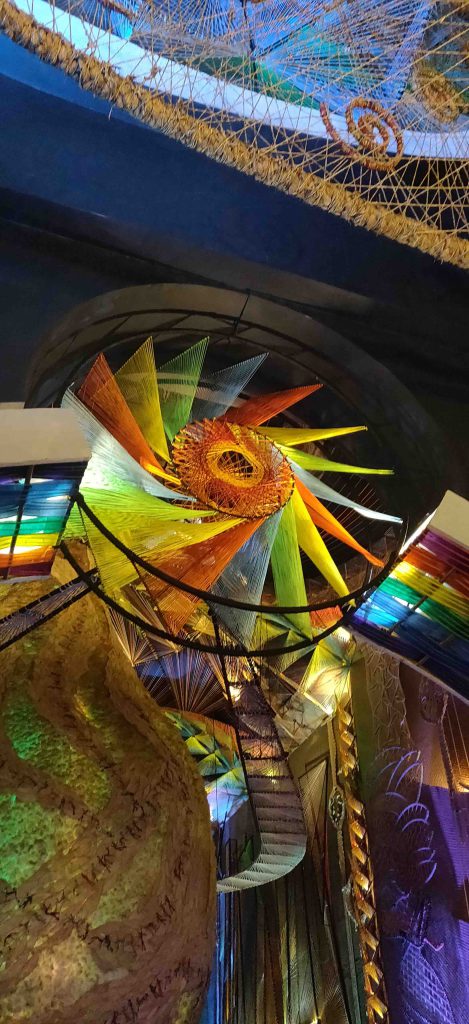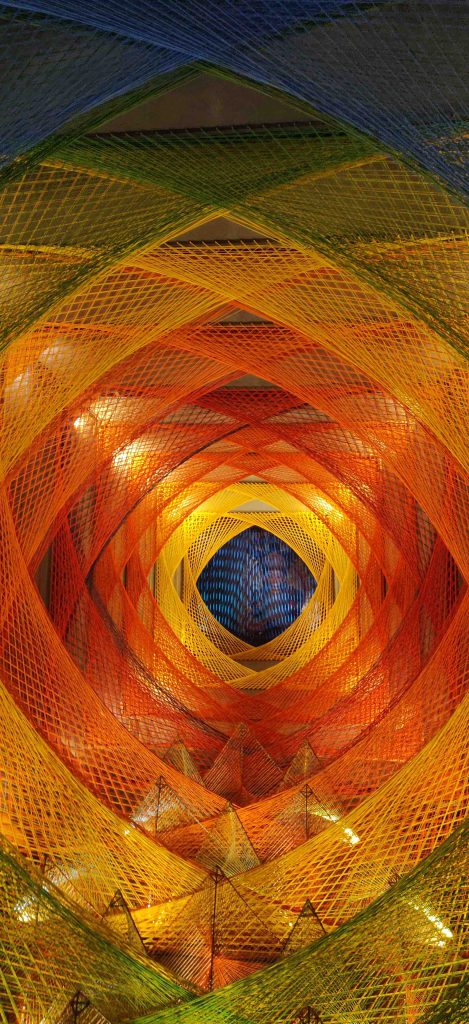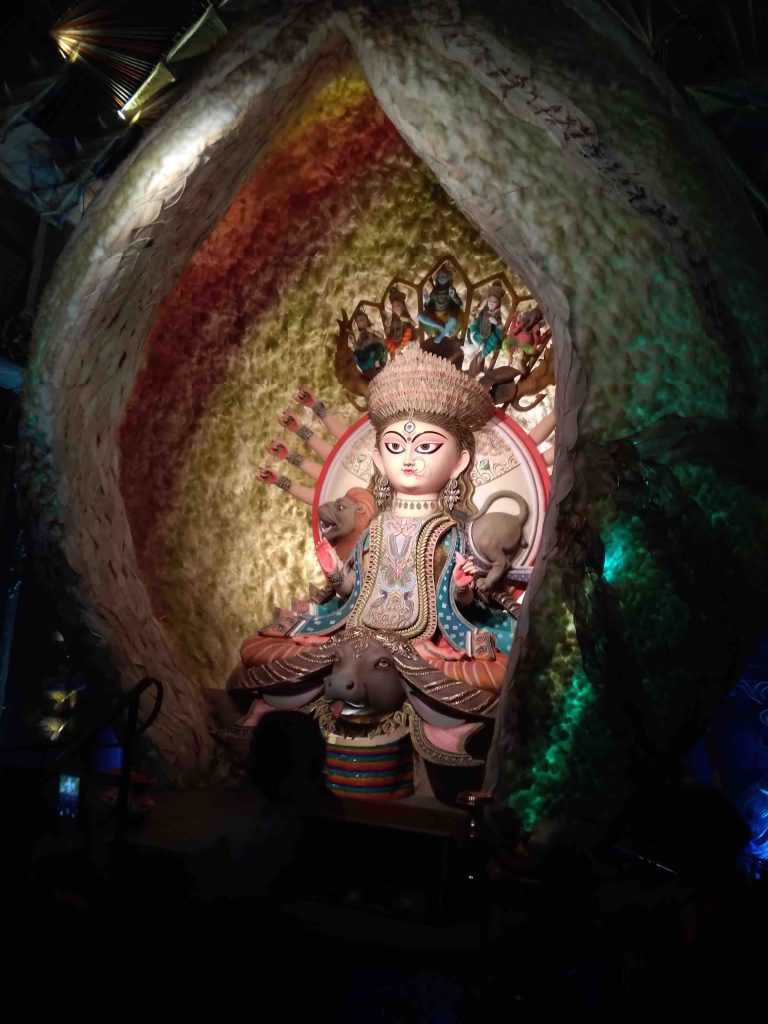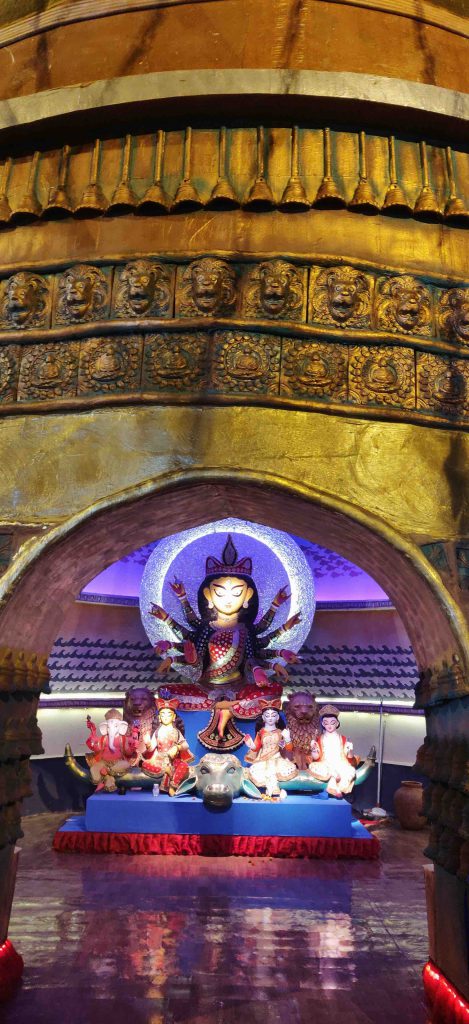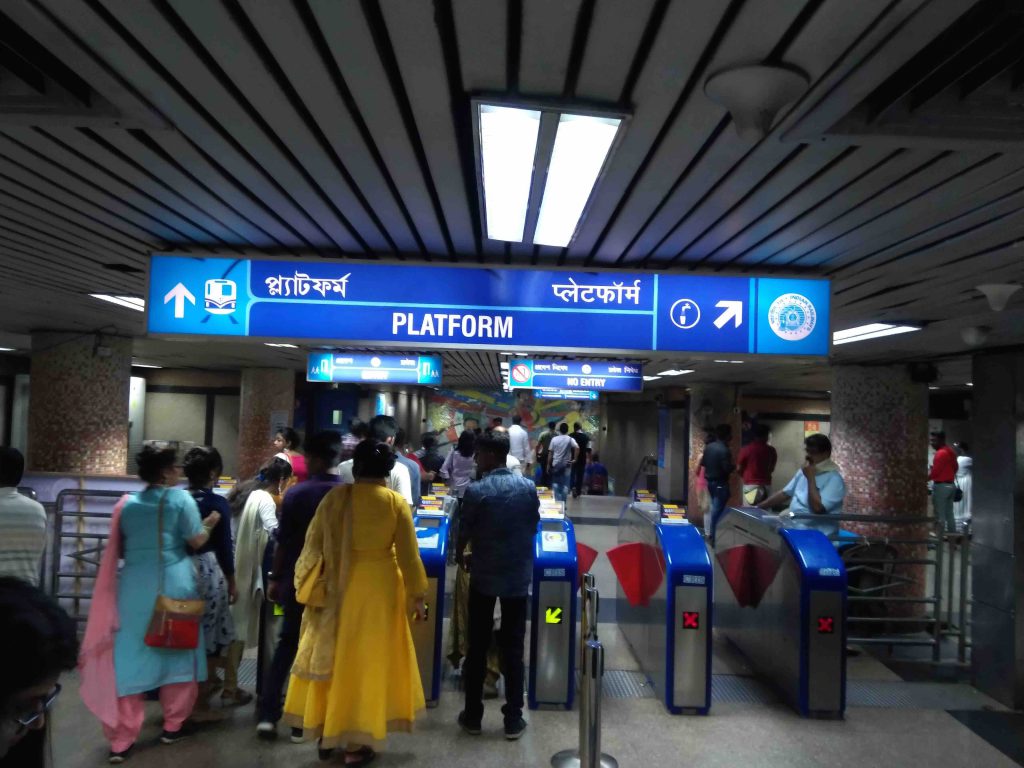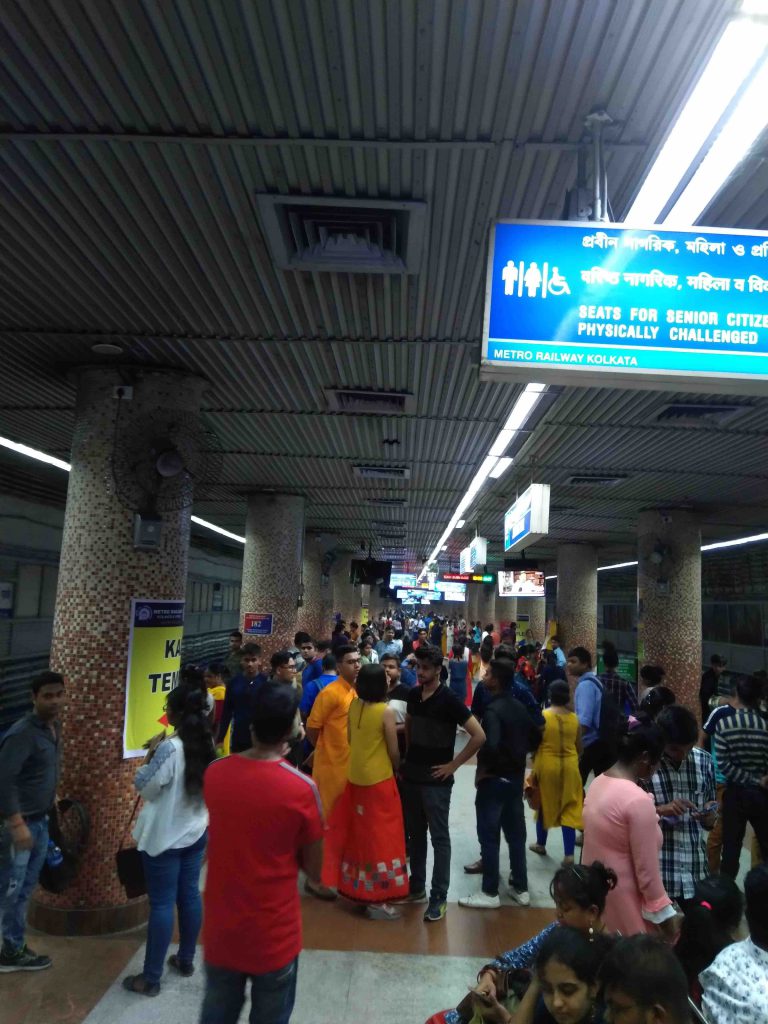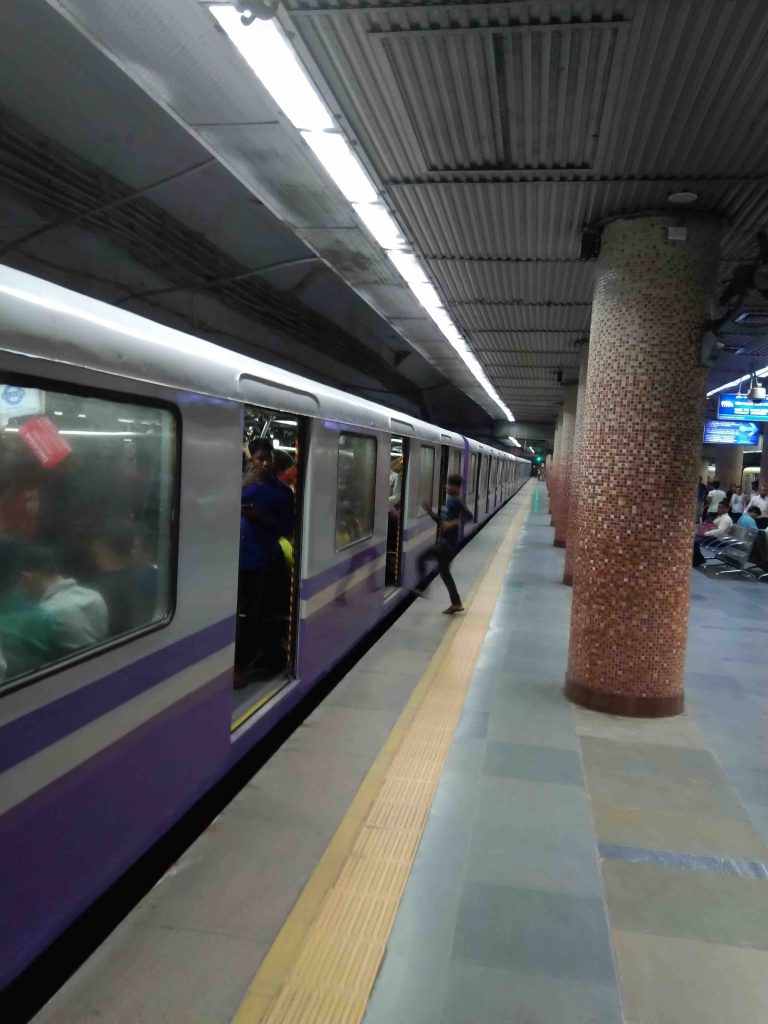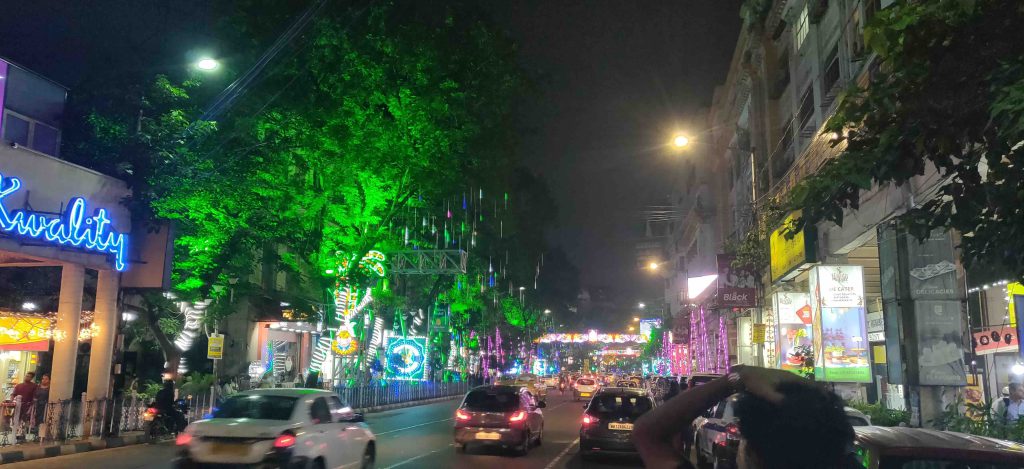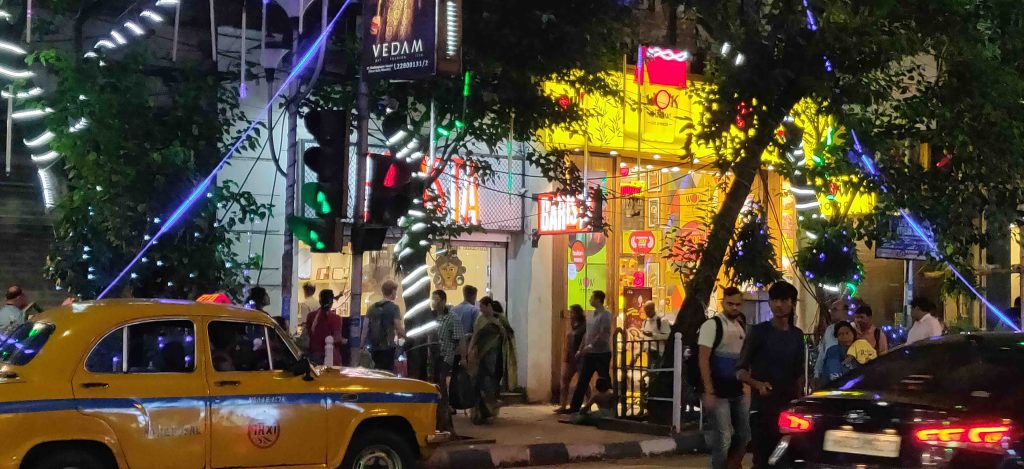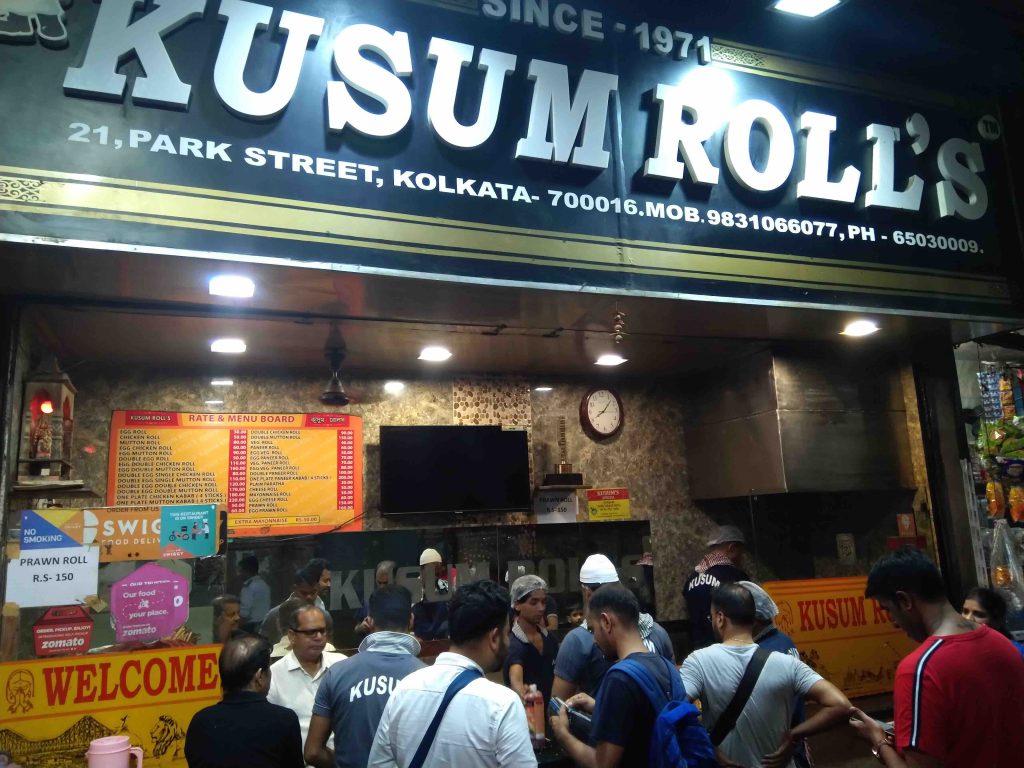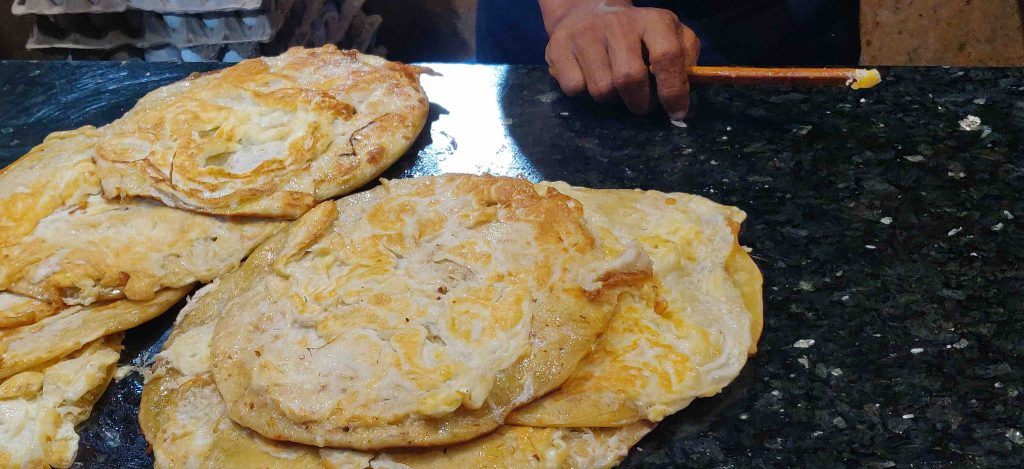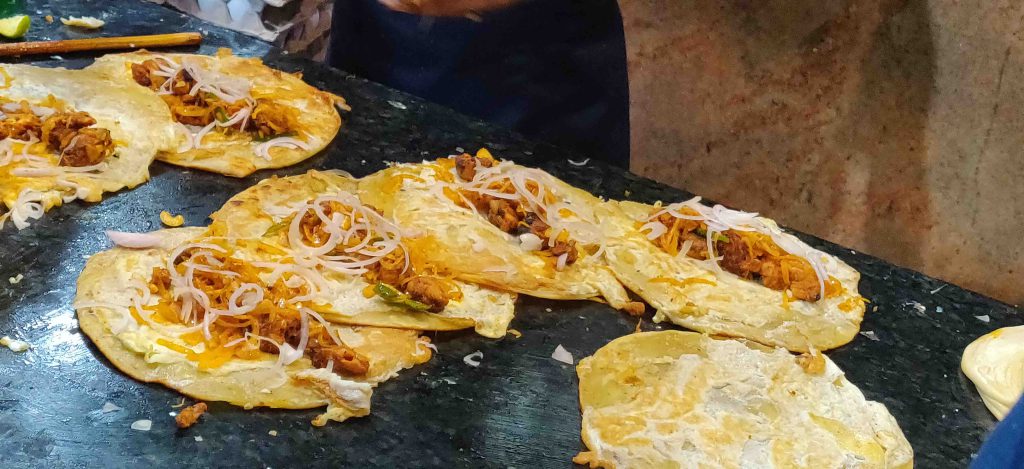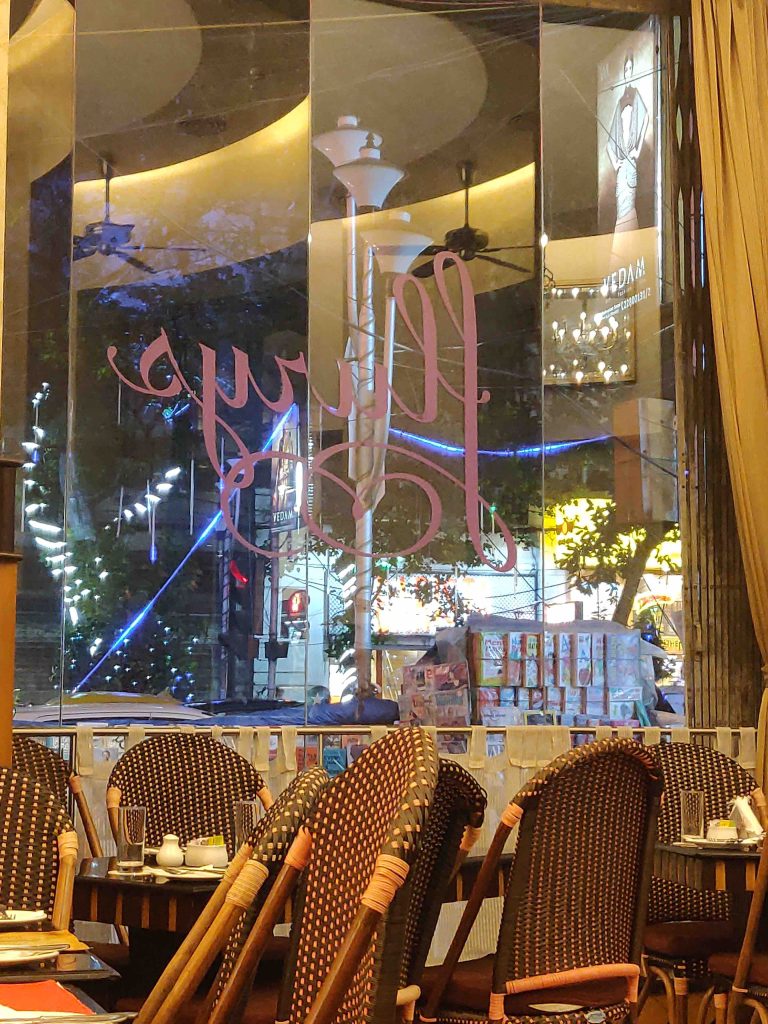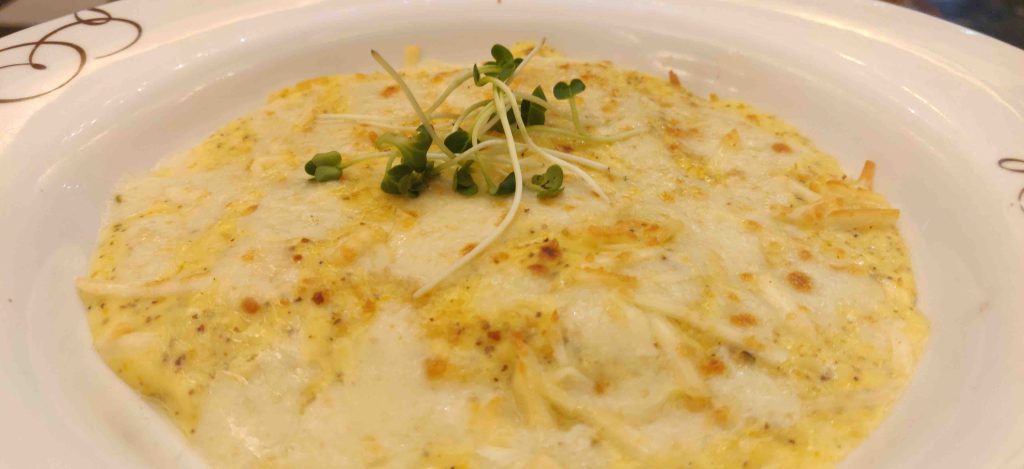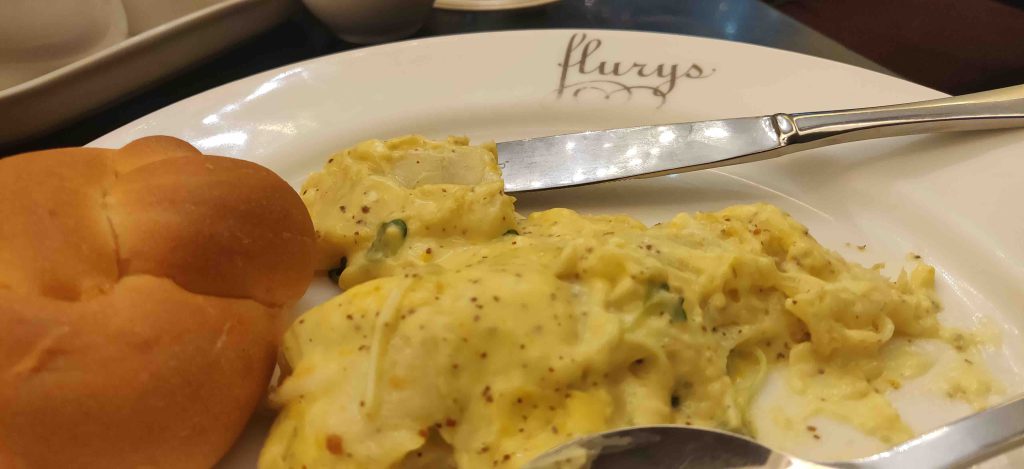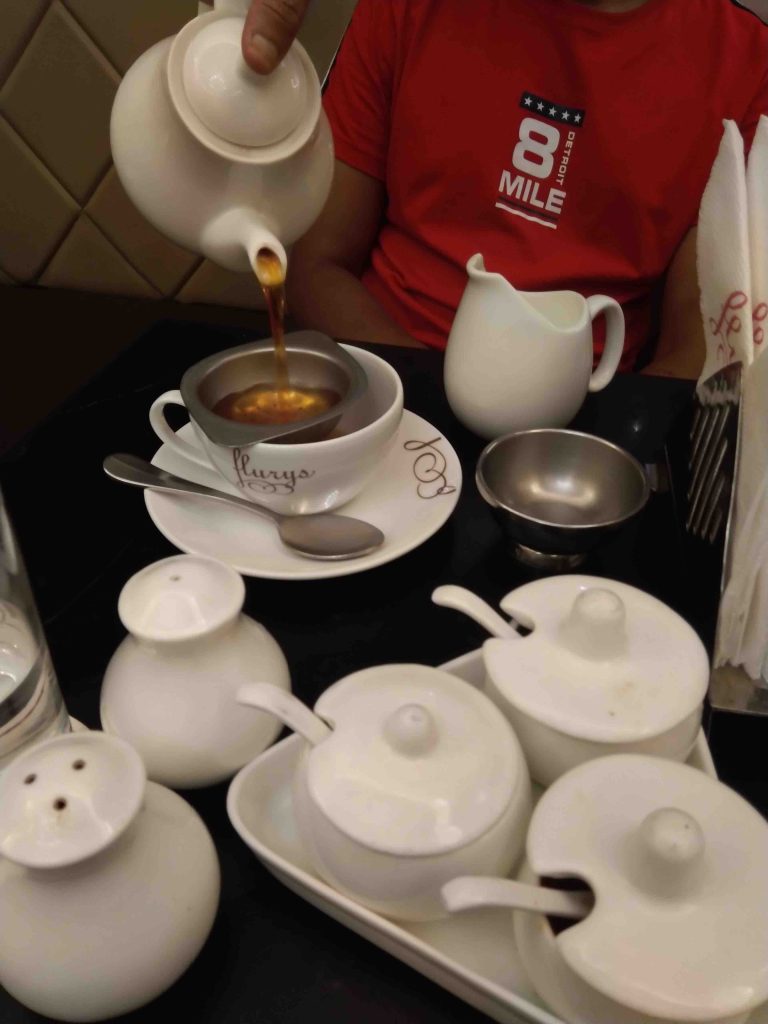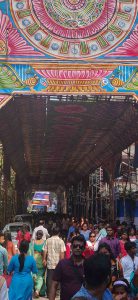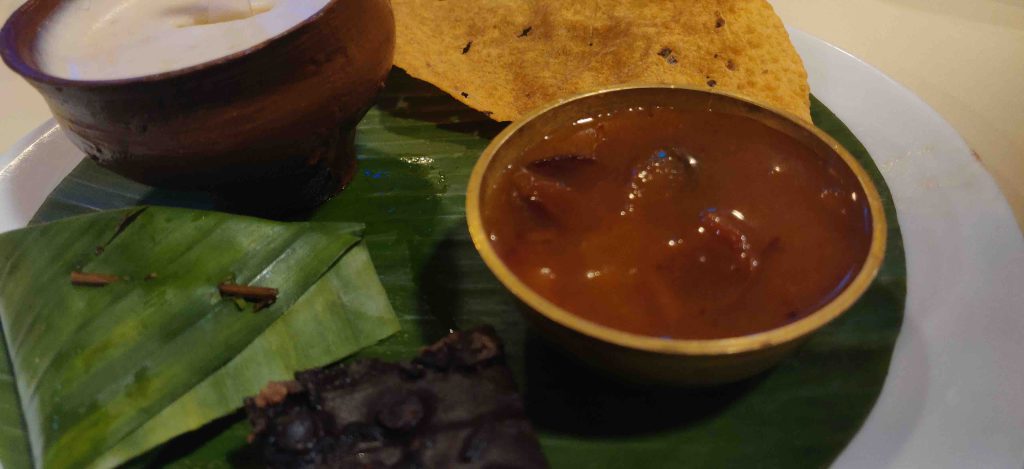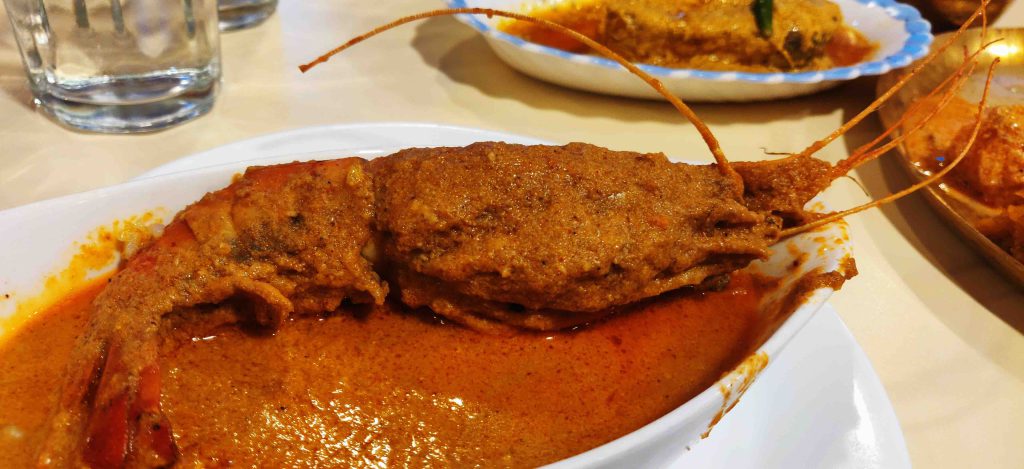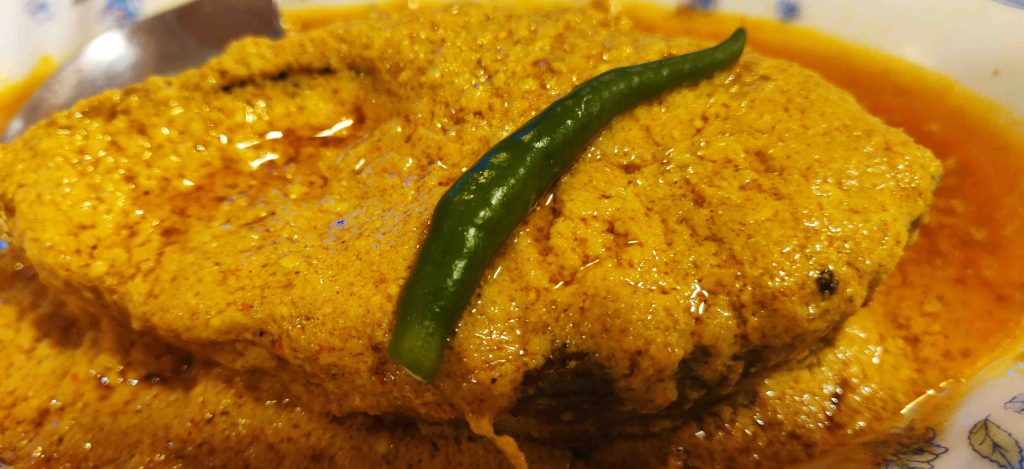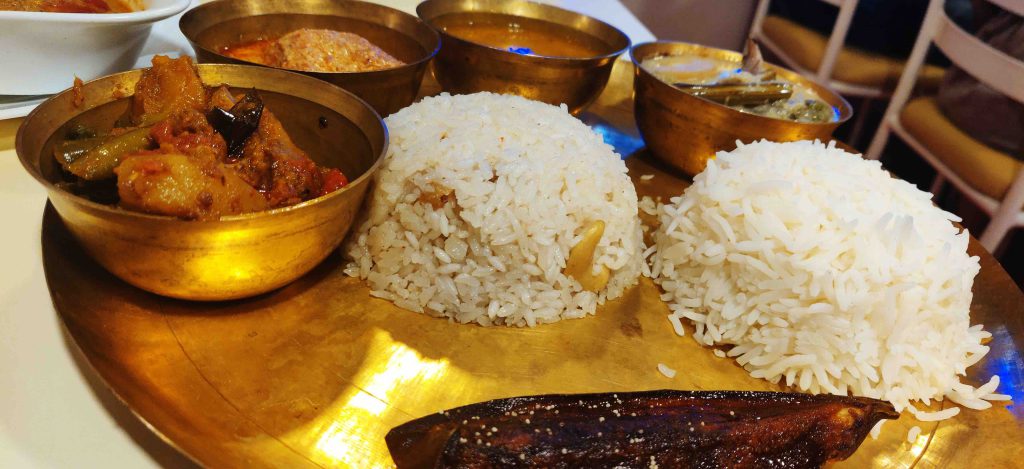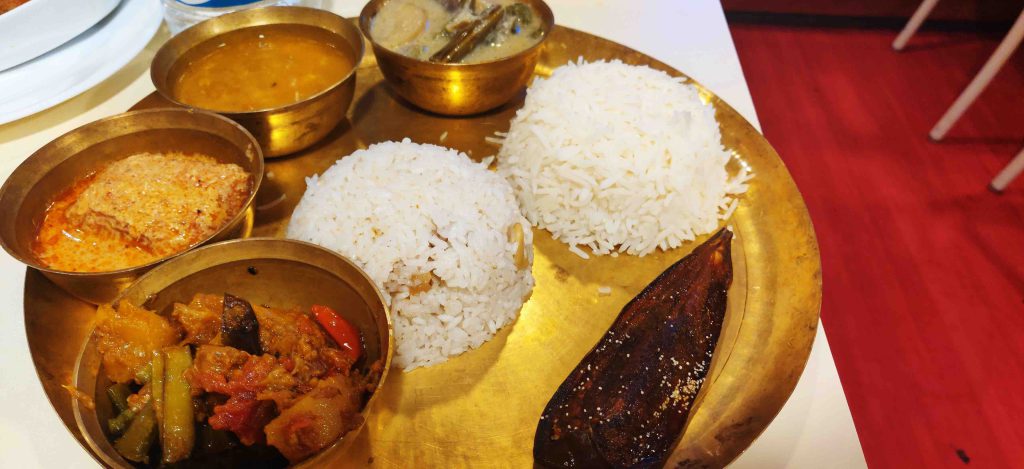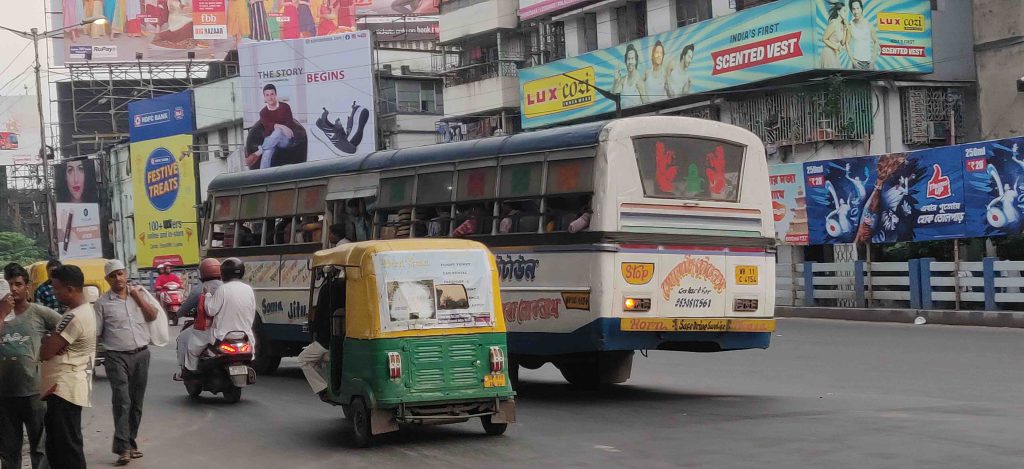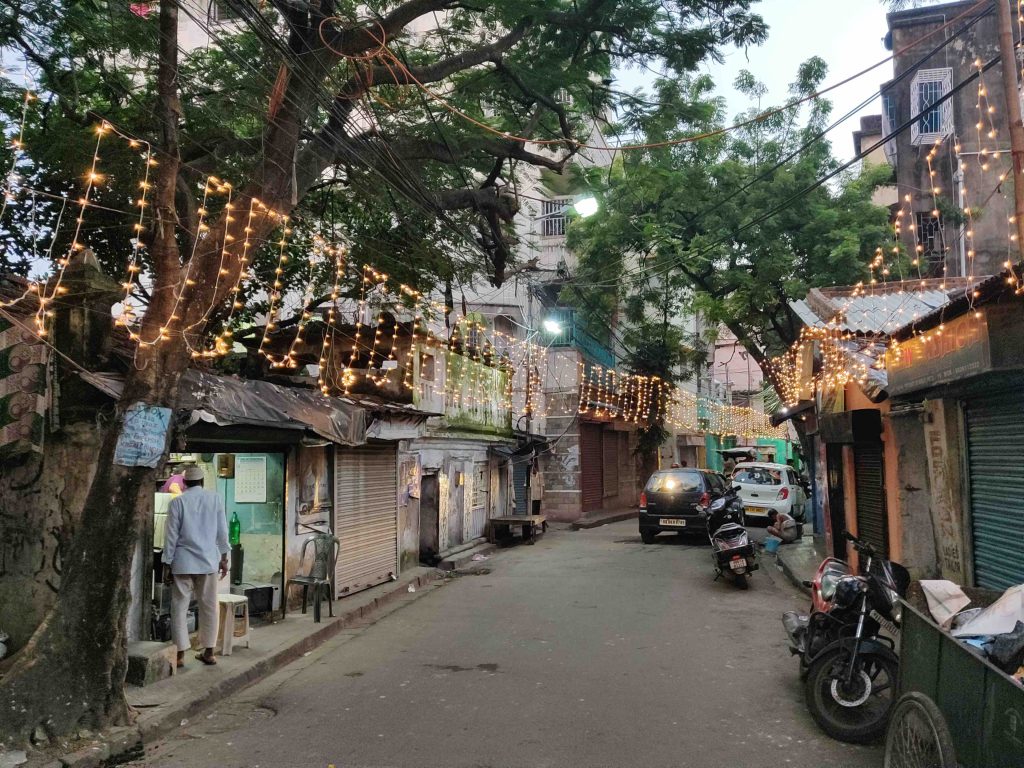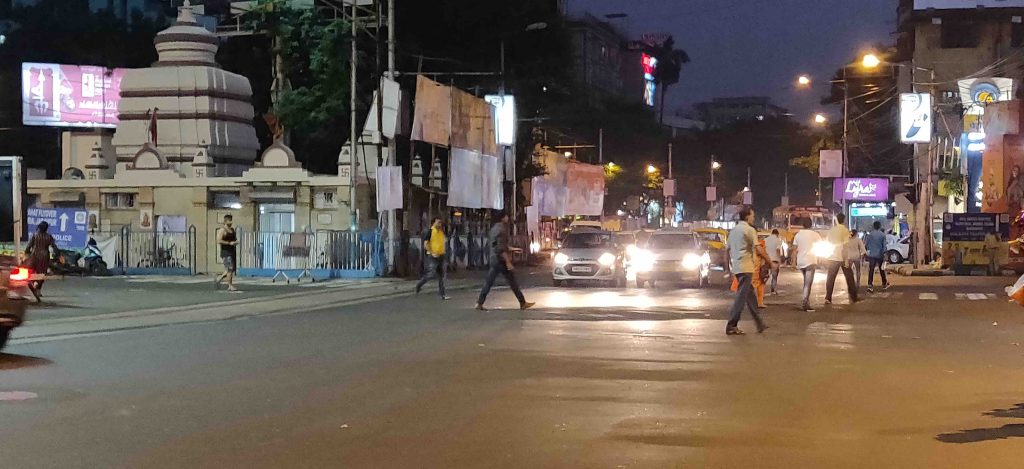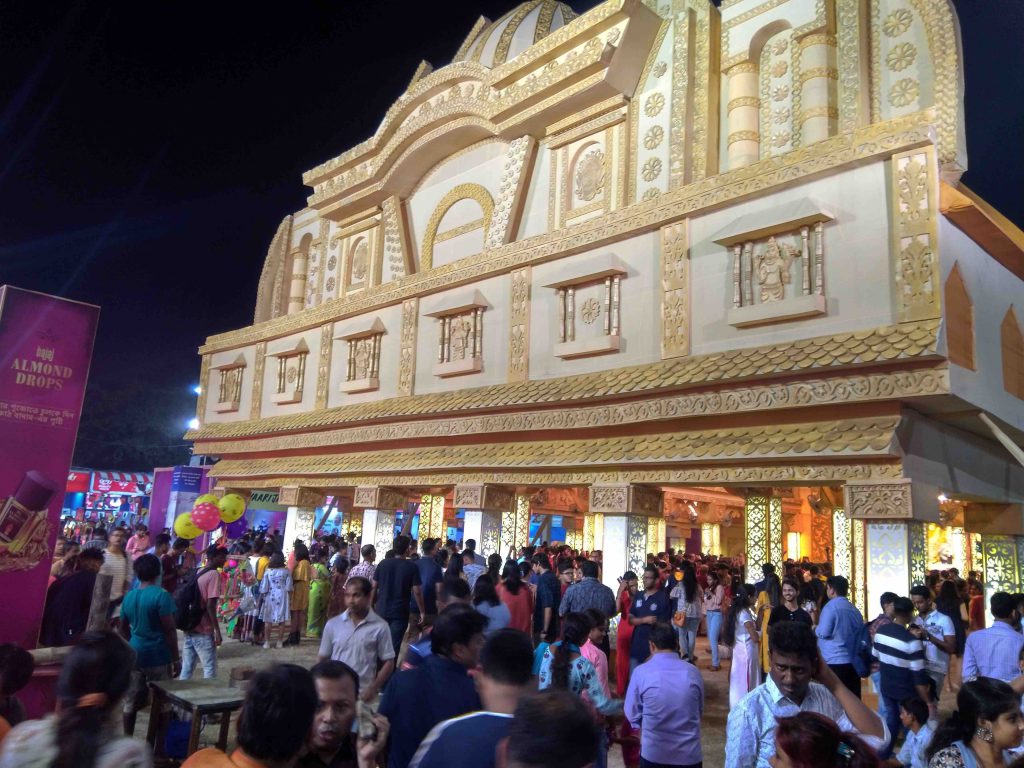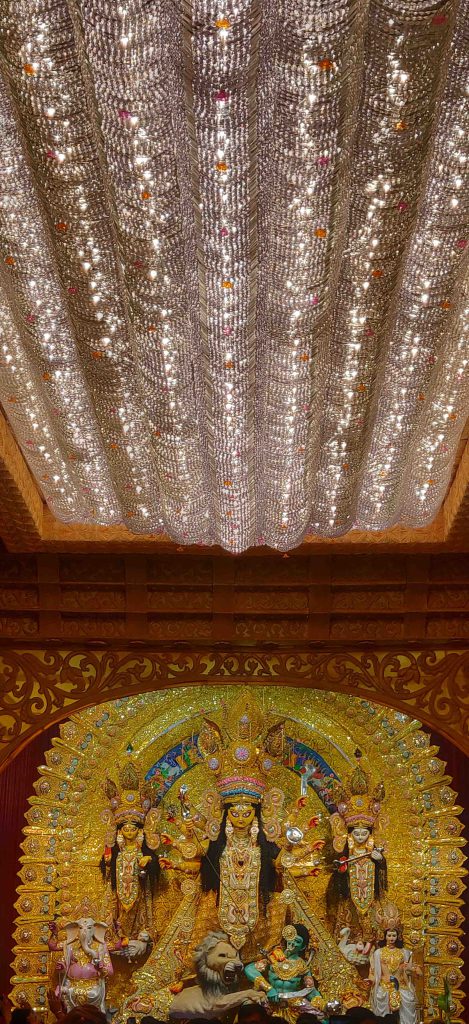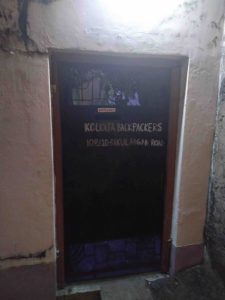I messaged Deb at 10 pm, “Crazy idea – thinking of doing Kumartuli at 5 am or so.”
He was still outside with his family and said he’d only hit bed by 1 am; I guess this was the case during puja time in most homes. He suggested that after visiting Kumartuli, we could come to his home, which was nearby.
The movie Black Panther was running on TV at 11 pm, and we dozed off while watching it. But at about 3 am, my stomach started behaving strangely – it was grumbling in discomfort. It wasn’t long before I had to visit the restroom; after the first time, you have this feeling that it’s all emptied out, but then, 10 minutes later, the grumbling returned. Every 20 to 30 minutes, I had to visit the restroom for the next 2 hours. Each time, I hoped that it would be the last visit, but it was not to be; by 4 am, it was clear that I couldn’t do the early morning pandal hopping. Aaron didn’t seem to be having any issues.
I did feel a little okay, but the problem was that even sipping water made my stomach grumble. Visiting public restrooms while having a bad stomach was not something I was looking forward to – finding restrooms would be hard, and finding clean ones would be almost impossible. The thought of public toilets made me feel more tired than I was! I just wanted to wait it out in the hotel or be back at home – getting back home had to wait till night, which was when our flight was.
Day 5 of our trip (Monday)
I felt a little better at 6 am and started researching online on options for where to spend the day – the primary focus was a place that may have a good restroom!
“The only different item we ate yesterday was the rolls – you had chicken, and I had egg.”
“The chicken roll didn’t seem to have any egg. Maybe the egg was bad?”
“Yeah.”
At 7 am, we went down, and I had a little bit of breakfast in the hotel to test my stomach.
“If you want, you can check out the pandals. Or maybe you can go to the Esplanade area since you wanted to do some shopping,” I suggested to Aaron.
The esplanade area was part of the original plan after pandal hopping in the morning. And I didn’t want him to waste time with me when he could spend time outdoors.
“You’re not coming?”
“I’ll stay in the hotel and see how my stomach feels. Make use of the toilet here. If I feel okay, maybe at 11 or so I was thinking of going to the Birla museum. Want to go to someplace where there’s a chance of a decent toilet and avoid other places.”
“I’ll also start with you then.”
My stomach held up for an hour before I had to make my next visit; it was definitely improving! At night, what went in came out almost immediately; now, at least, it was holding up longer.
I had a craving for lemon when we were back in the room. “Lemon tea should be good for stomach upset?”
“Yes.”
We took a stroll outside, purchased a couple of water bottles and lemon from a roadside shop and returned to the room. Using the tea bags in the room and the kettle that the hotel had provided, I tried making some version of a lemon tea with help from Aaron; I have never been a tea or coffee person, but I do like drinking tea and coffee when sick. I kept sipping two glasses of lemon tea for a couple of hours and managed without visiting the restroom.
“Let’s leave at 11.”
We both split – Aaron towards the shopping area while I headed to BITM (Birla Industrial and Technological Museum).
Besides the problem of the restroom, there was the issue of carrying my backpack around – since we had to check out, my backpack was stuffed and heavy. I wasn’t looking forward to lugging it around in the state I was in. At the BITM ticket counter, I asked them if I could leave my bag somewhere, and to my delight, they said I could leave it with them. That was quite a relief and literally a big load off my shoulders! I just kept the water bottle in hand. After you’ve seen the pandal crowds, you start feeling that all these other places are deserted – there were people around, but not many – just a few families with kids.
